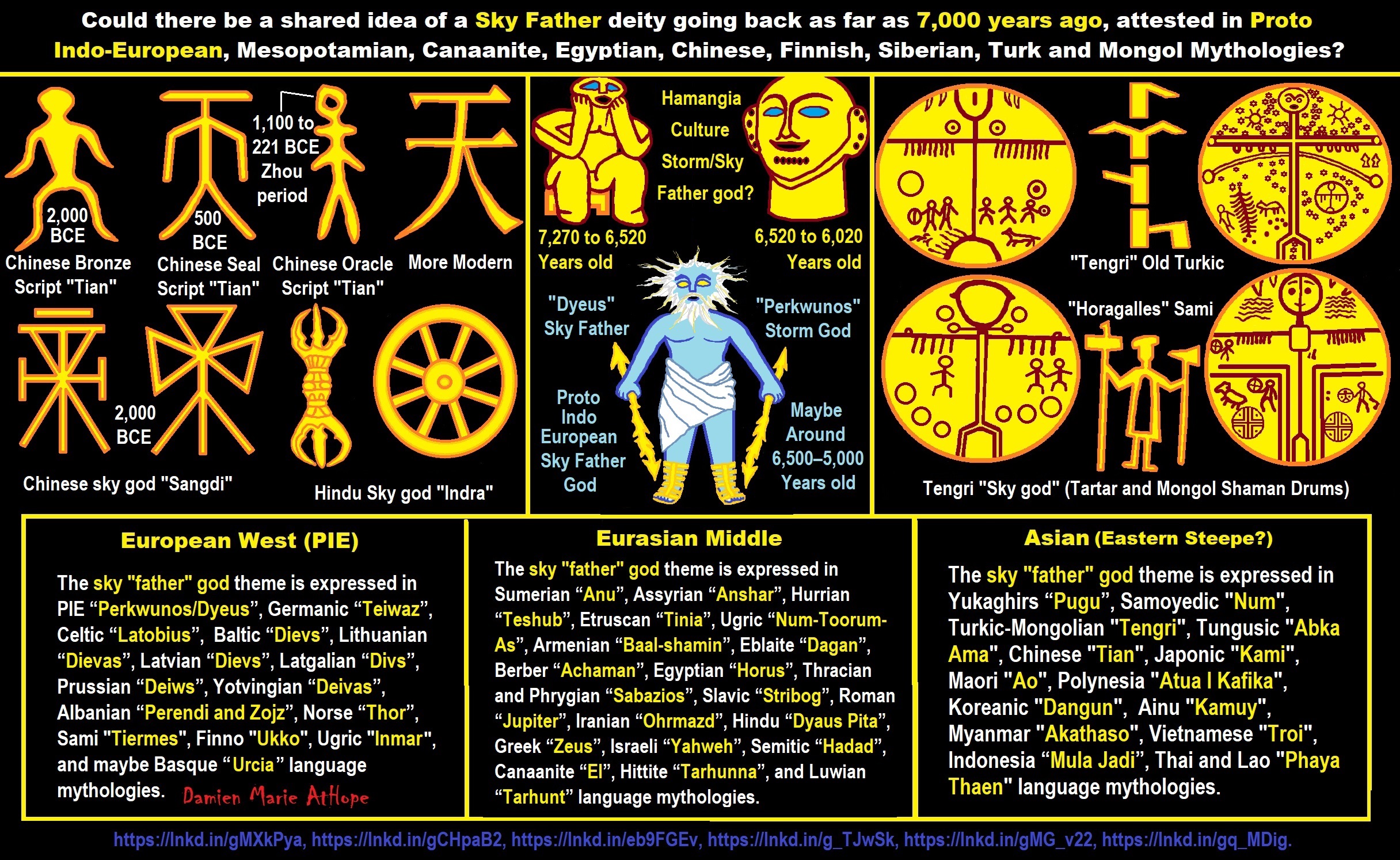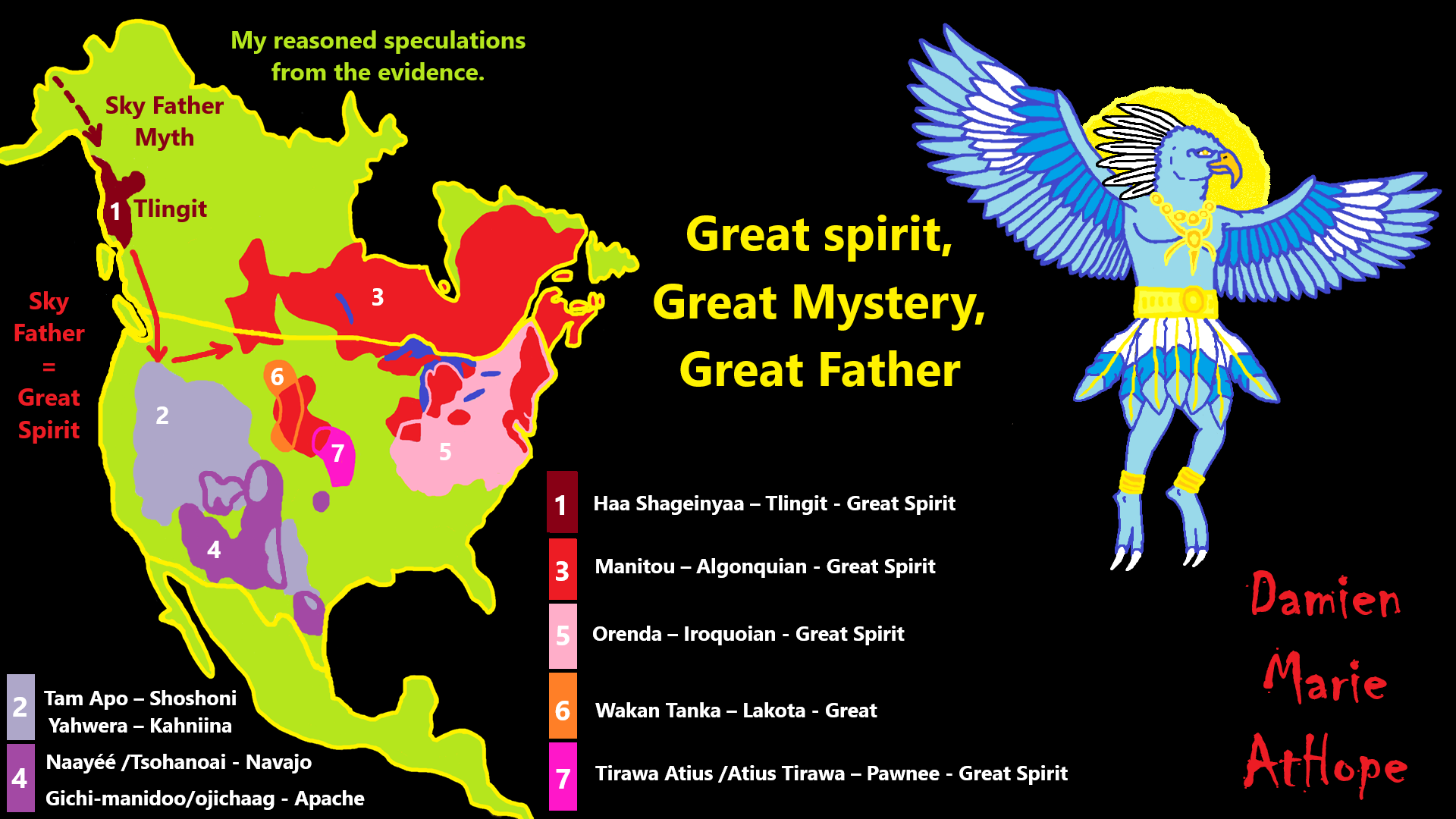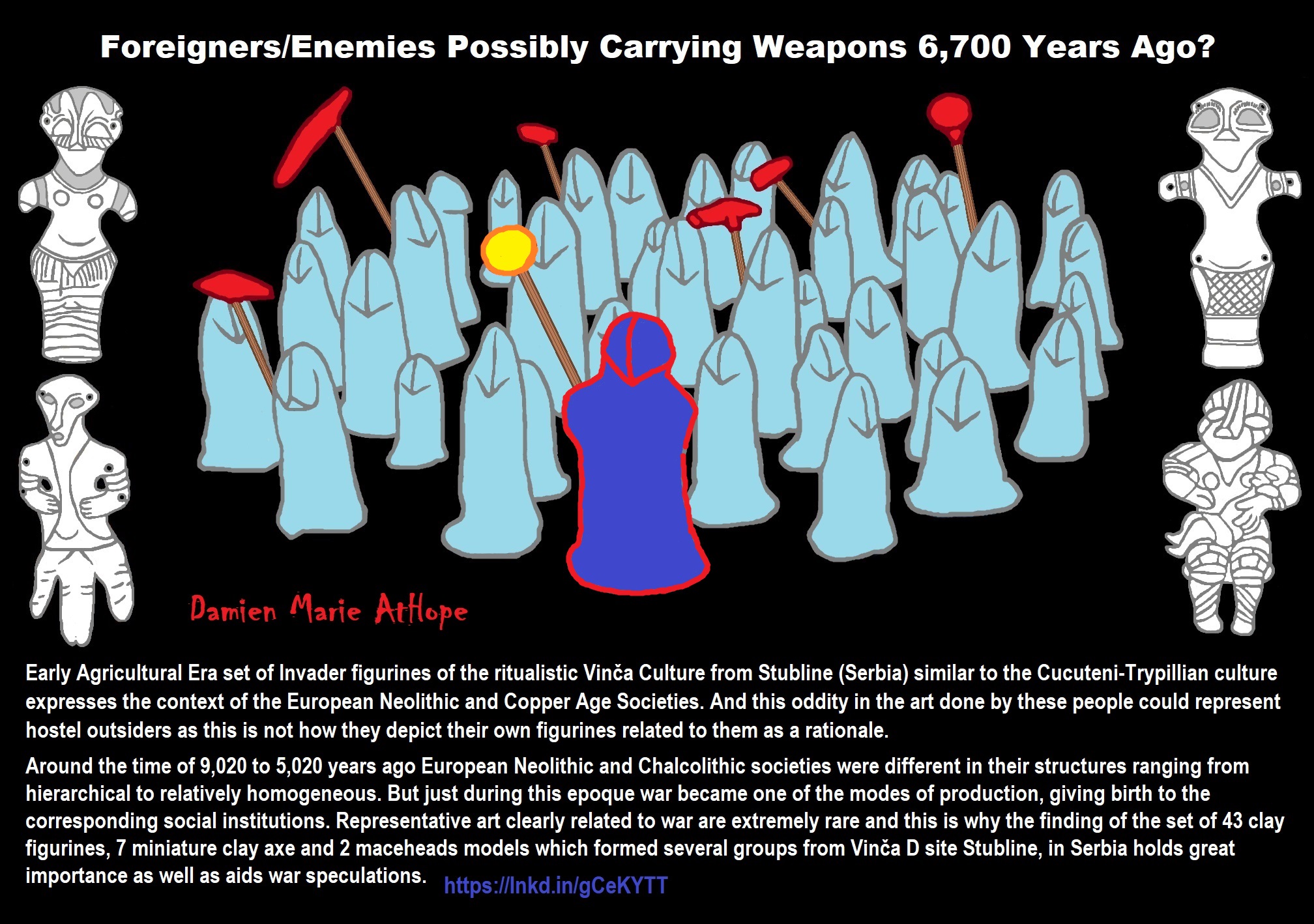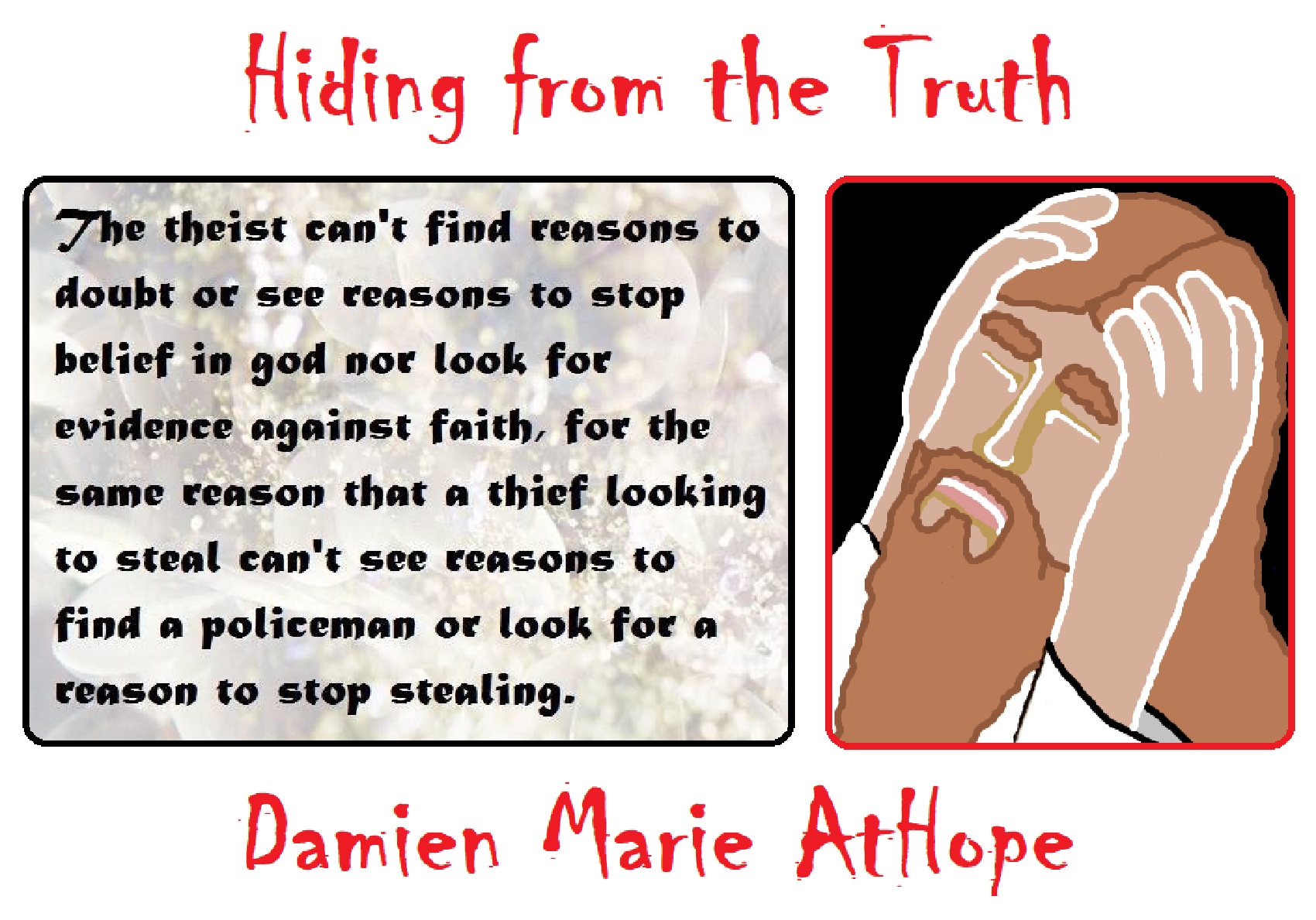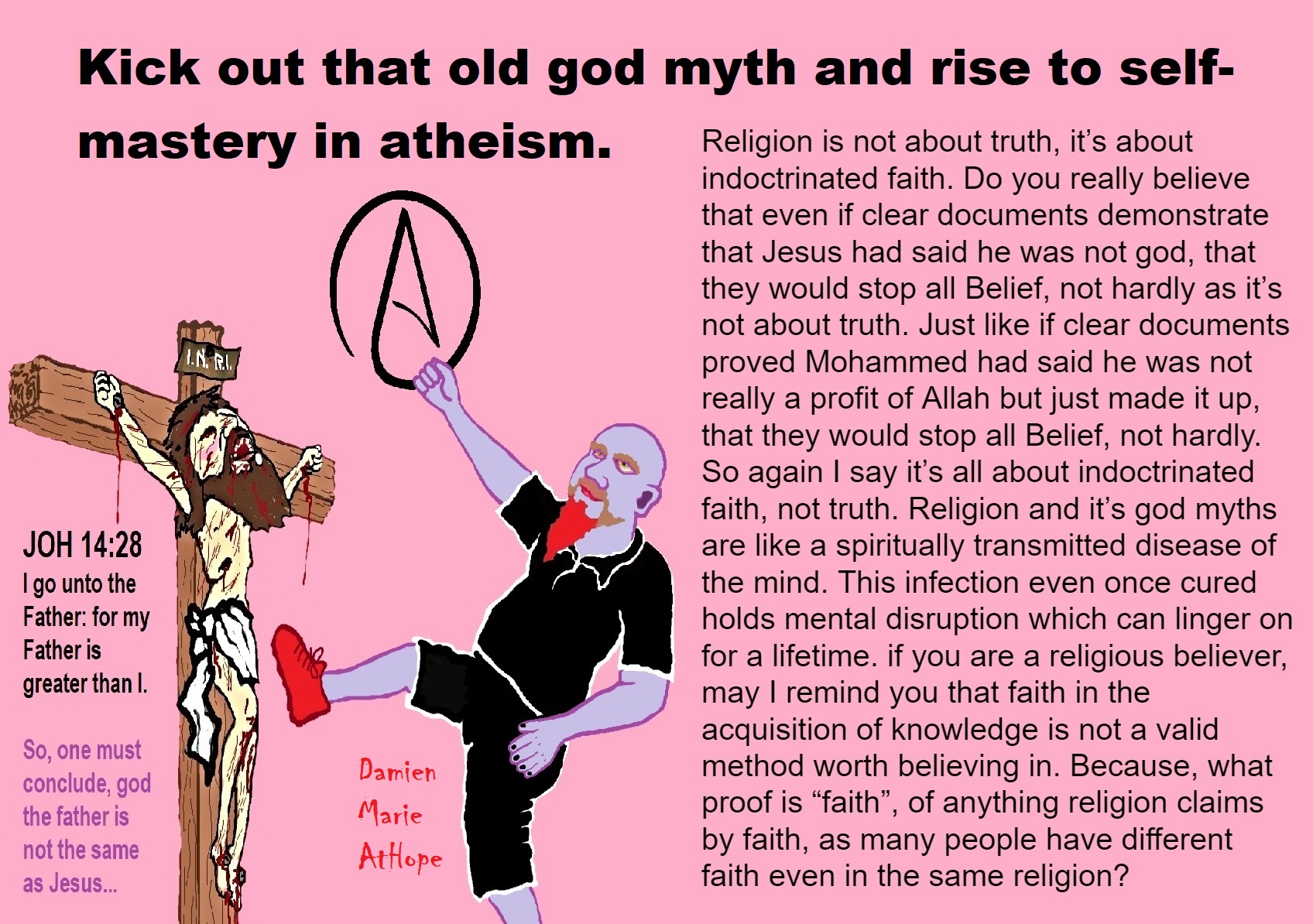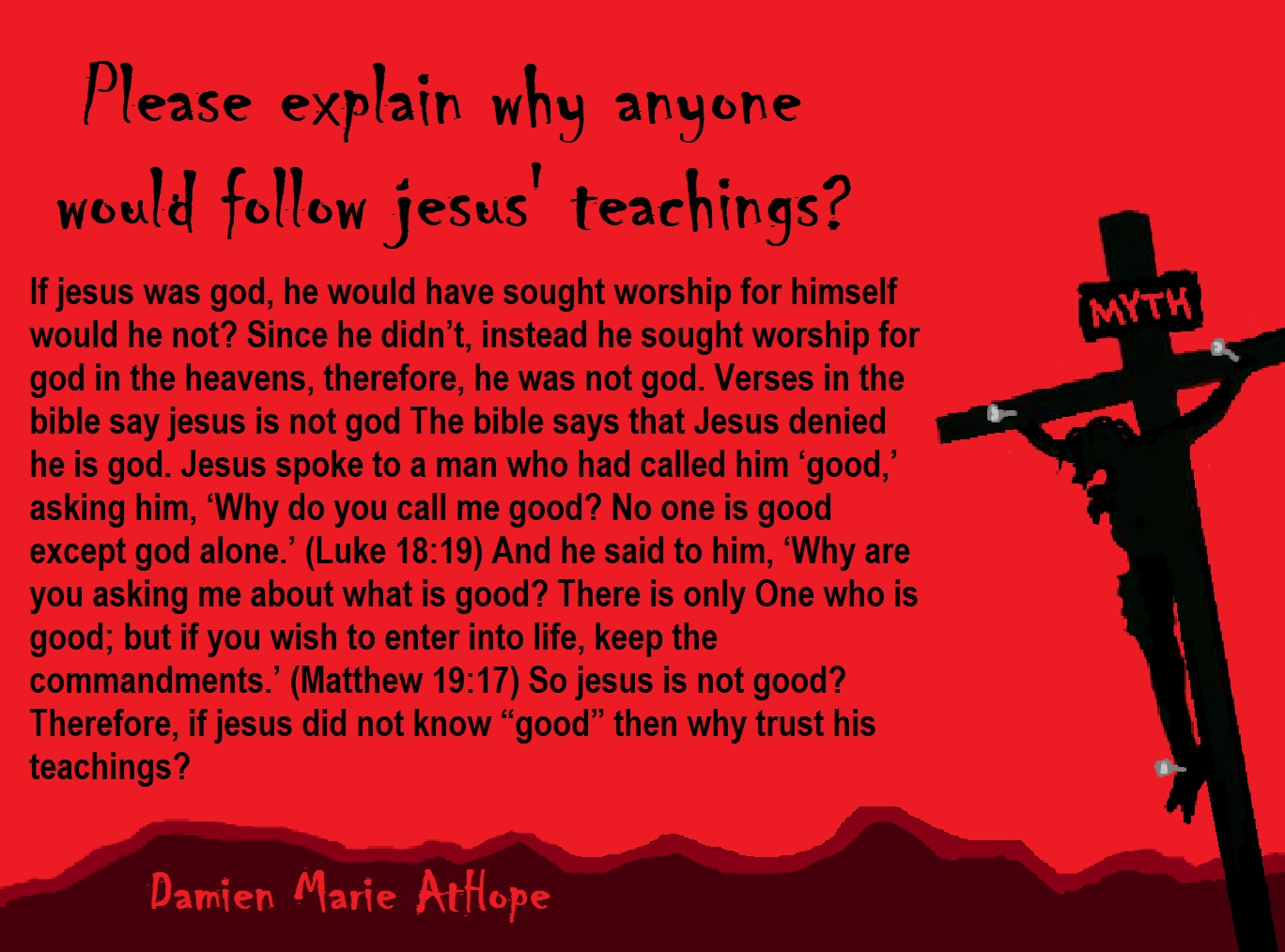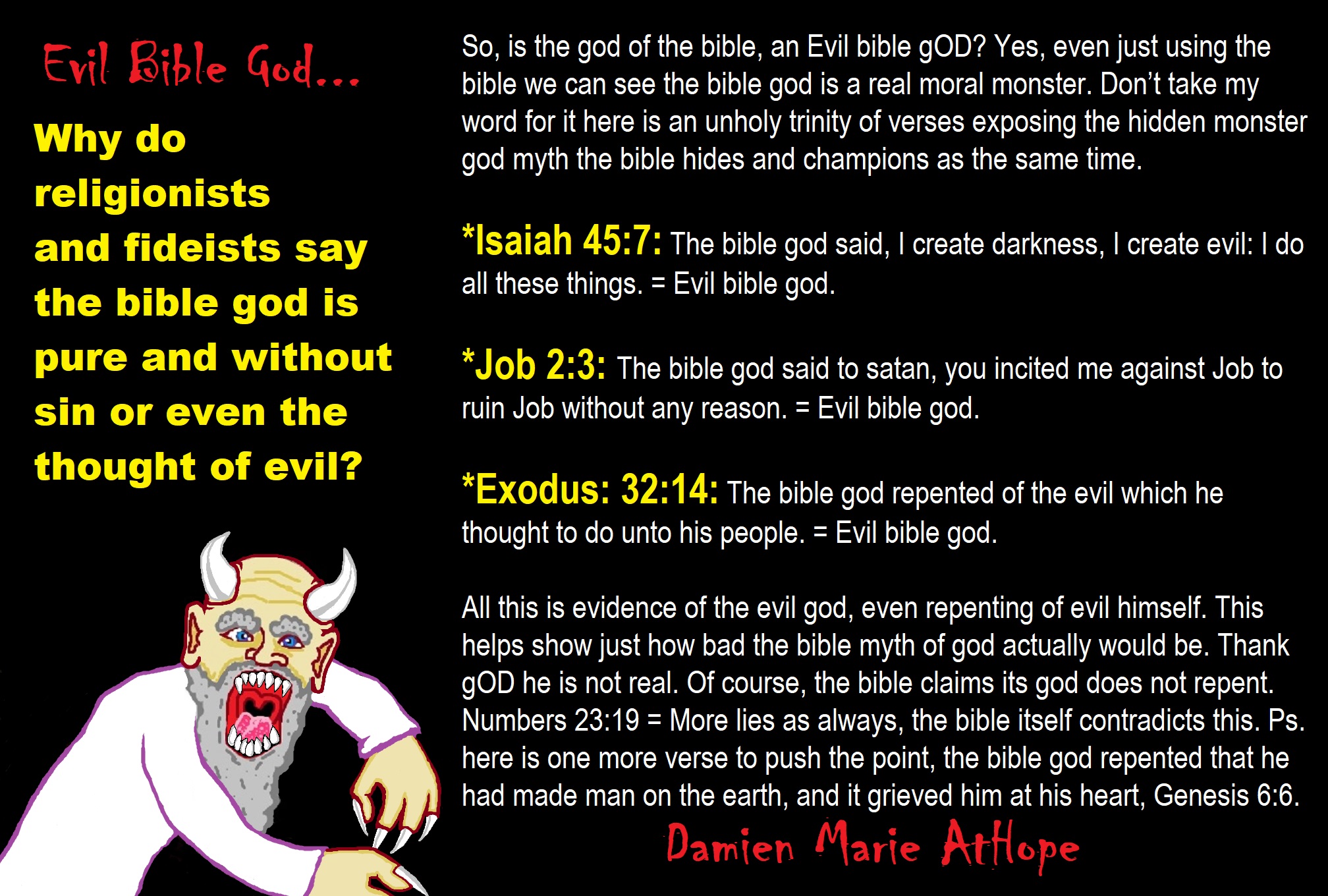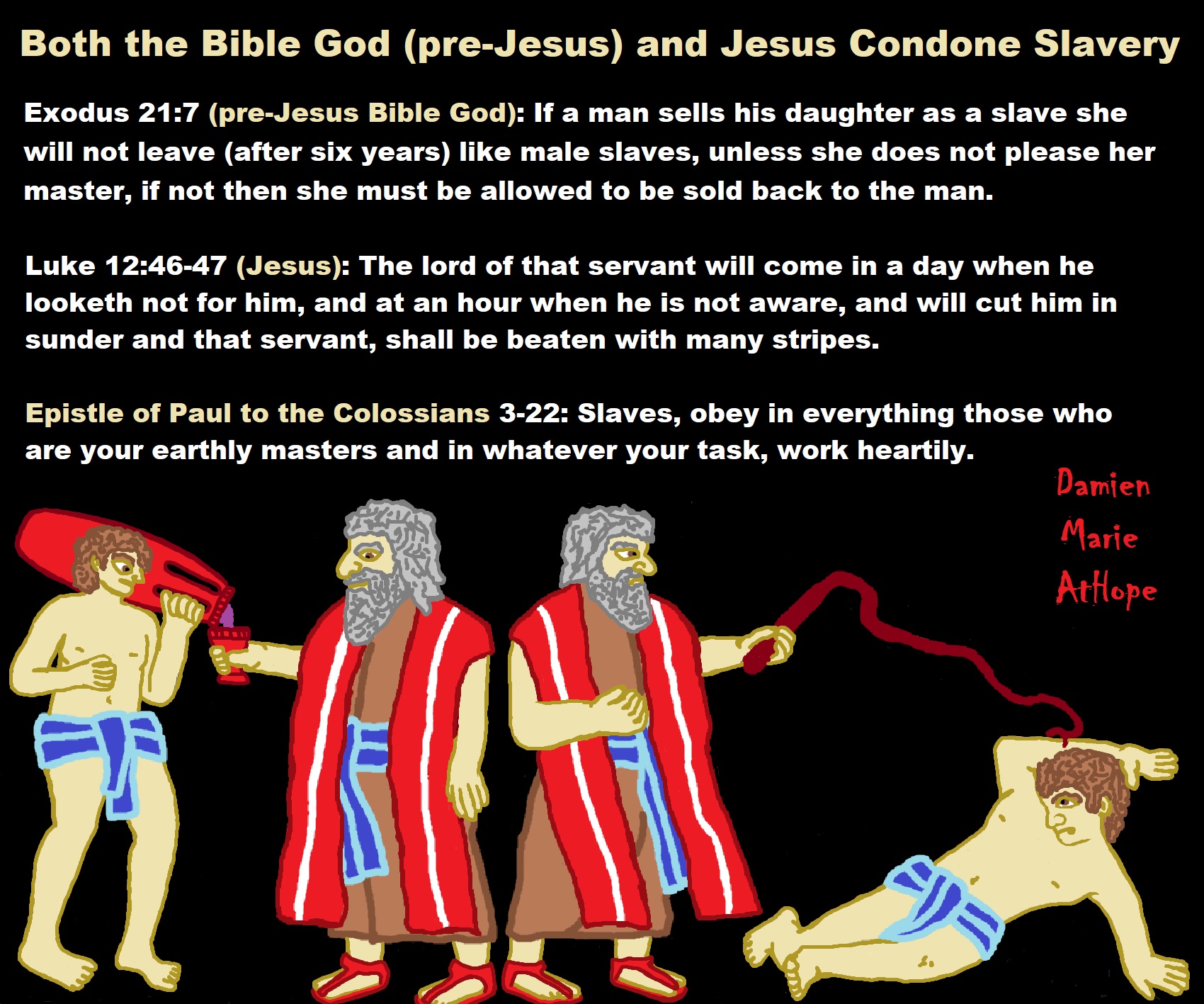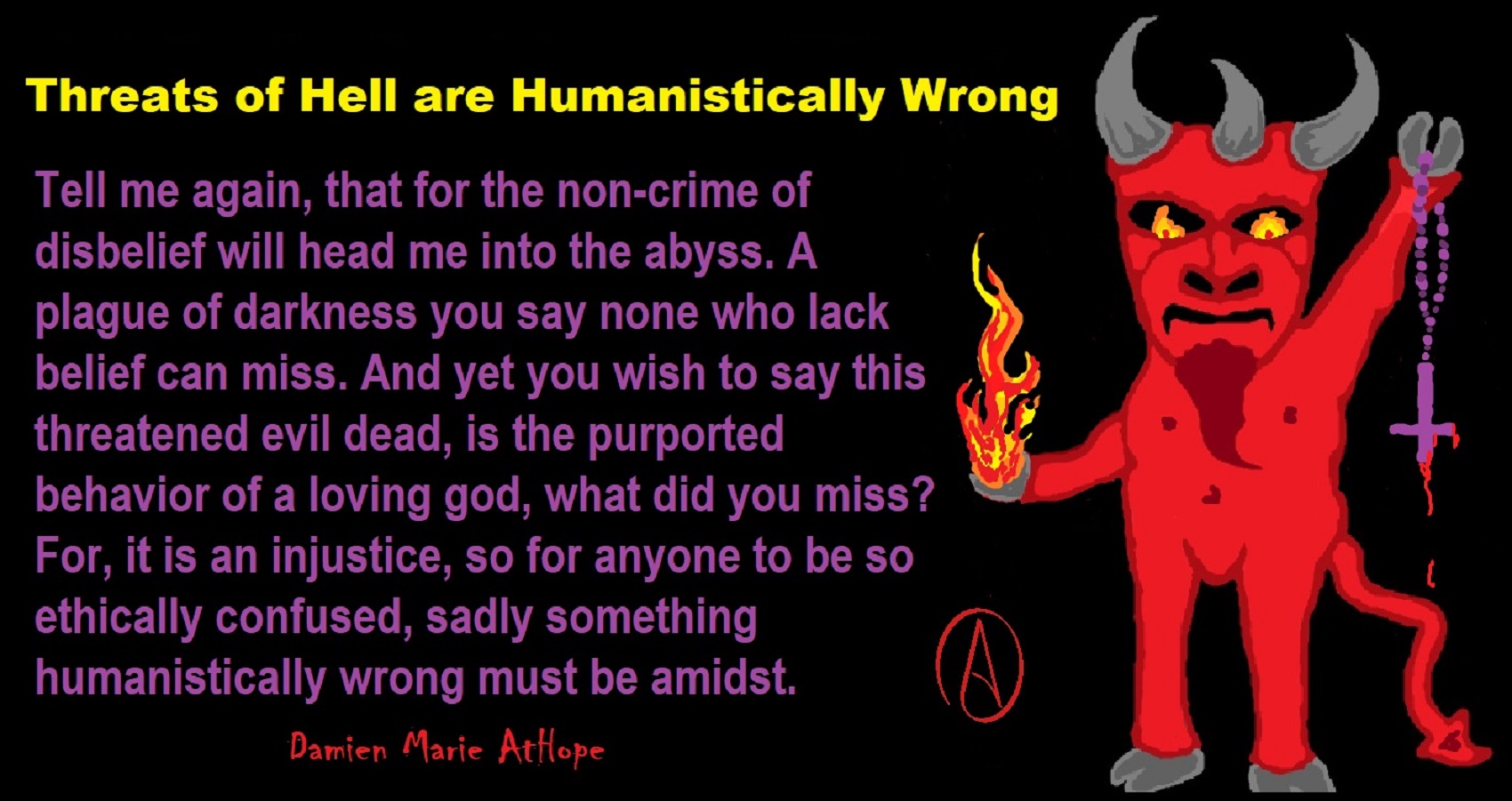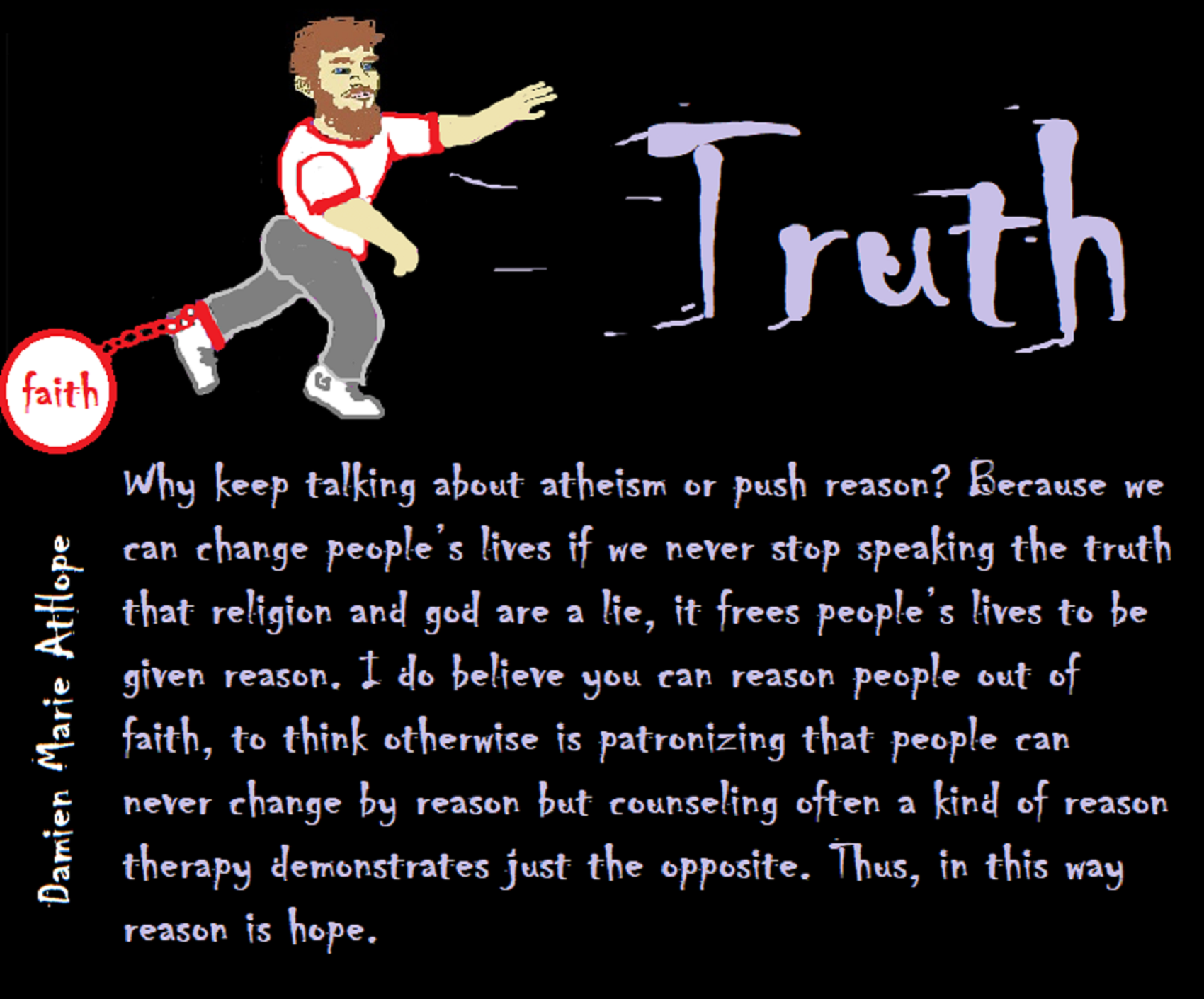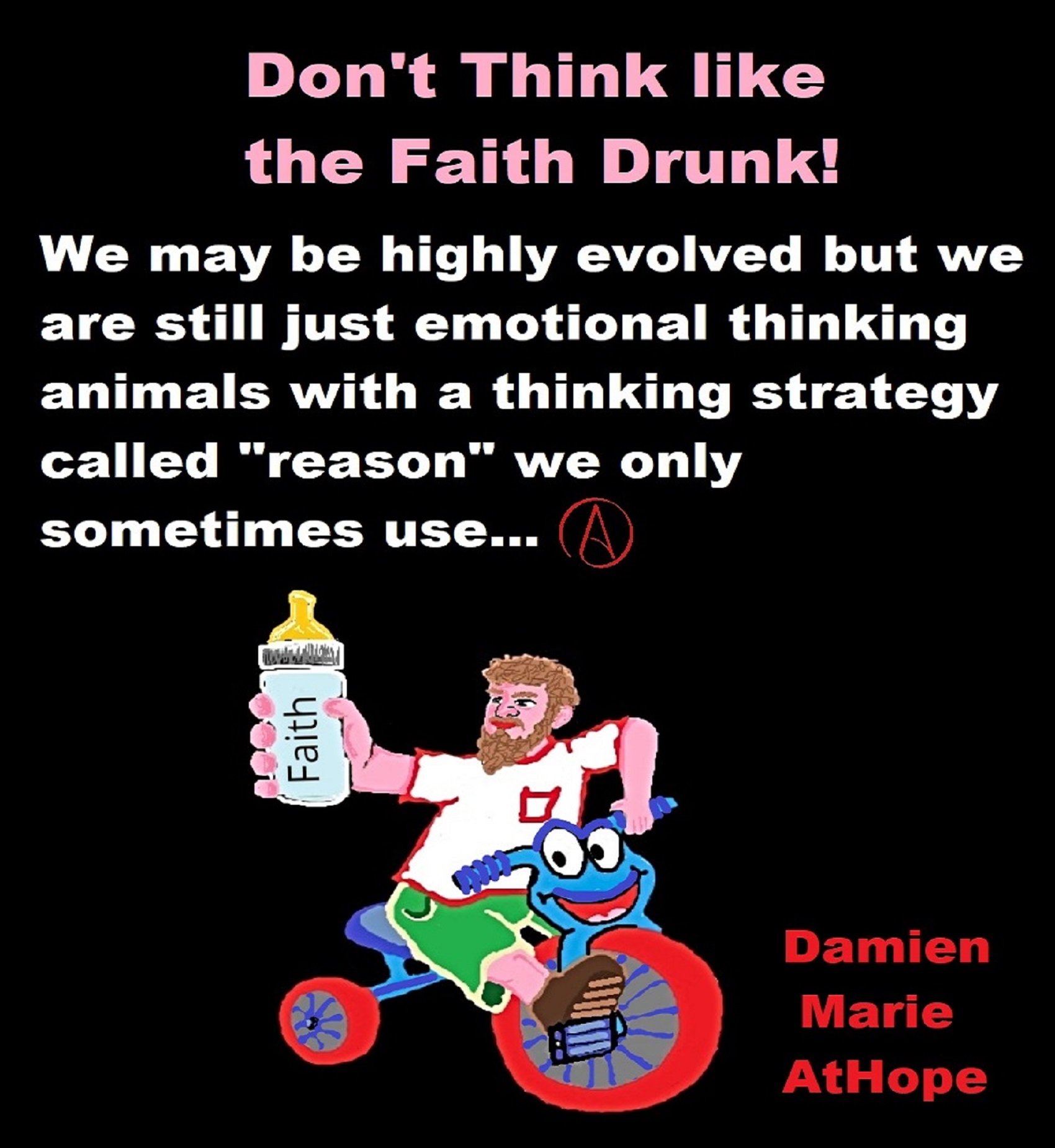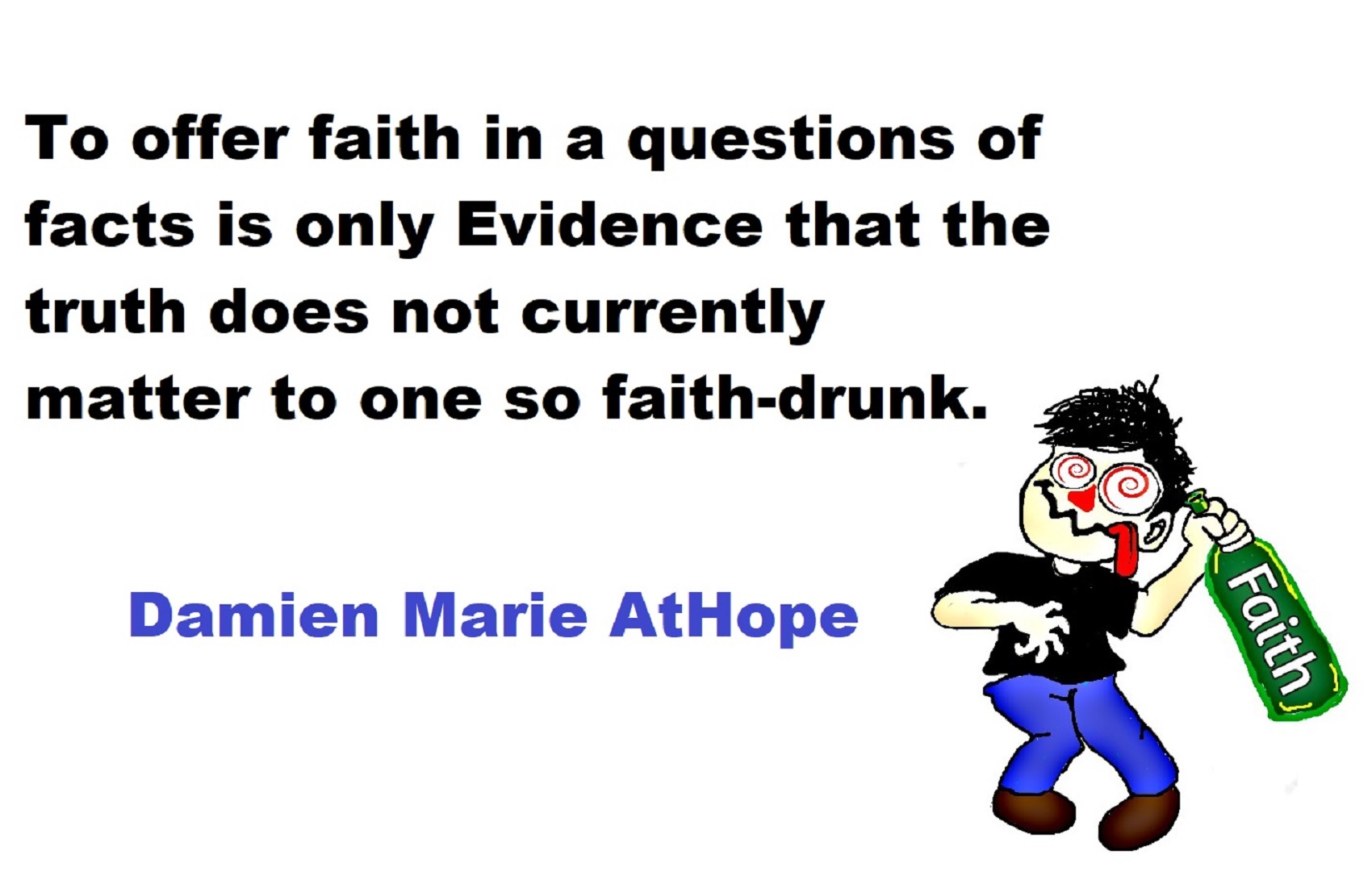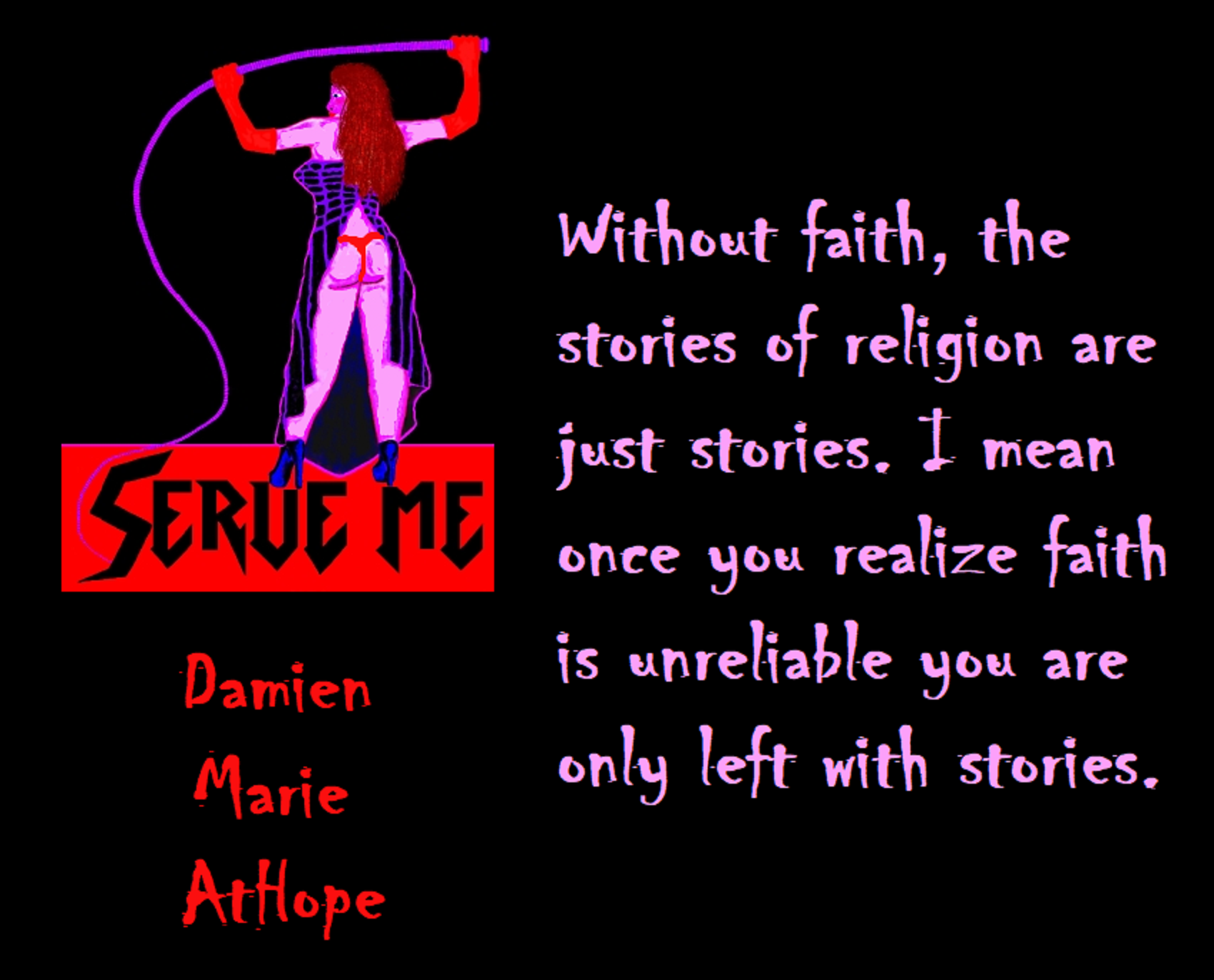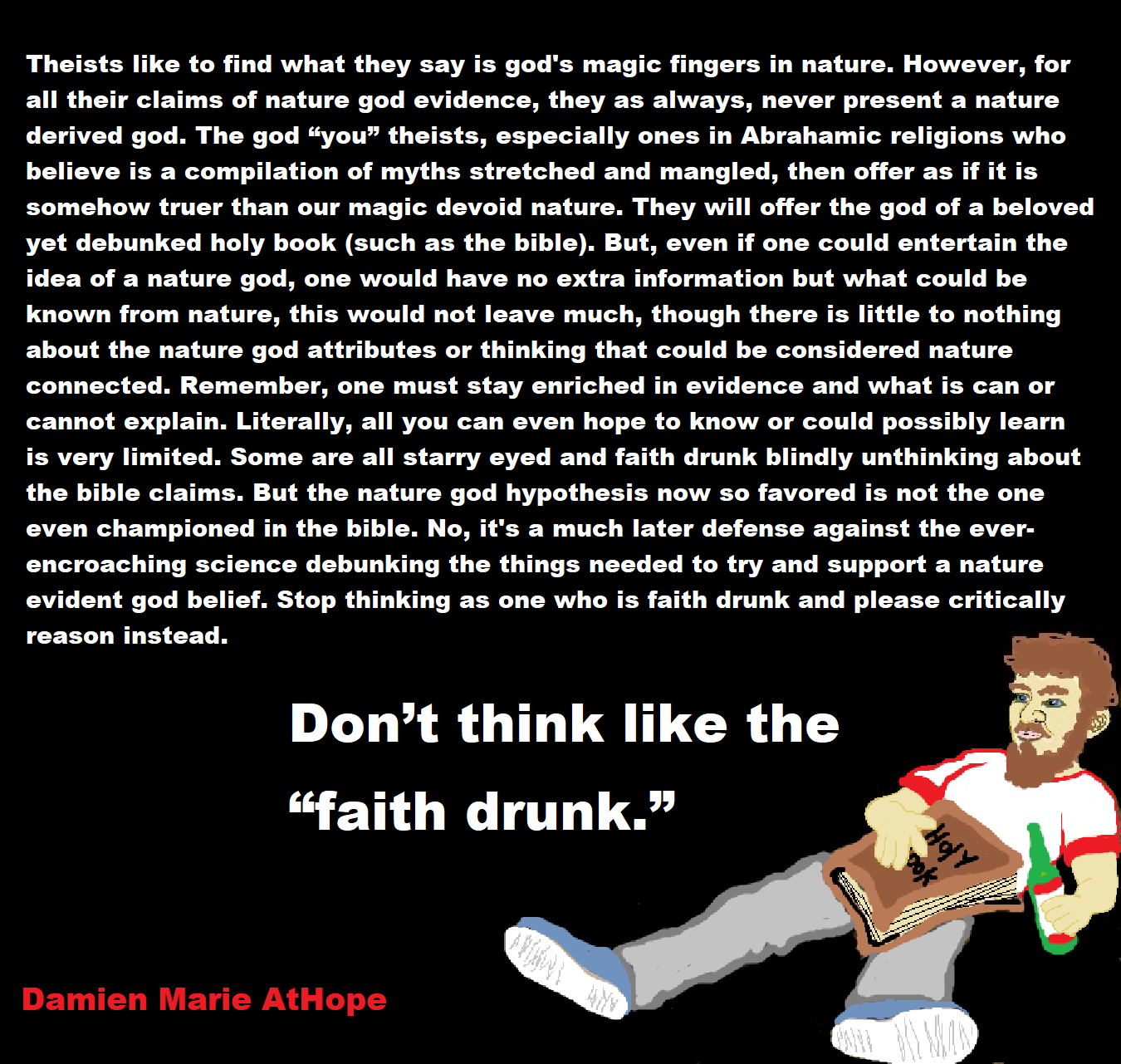
I don’t try to discredit a possible man, but debunk any man was ever any god.
The Bible says that God is greater than Jesus.
‘My Father is greater than I’ (John 14:28)
‘My father is greater than all.’ (John 10:29)
Is Jesus equal to or lesser than god?
JOH 10:30 I and my Father are one.
JOH 14:28 I go unto the Father: for my Father is greater than I.
Jesus descended from which son of David?
Solomon (Matthew 1:6)
Nathan(Luke3:31)
How did Simon Peter find out that Jesus was the Christ?
By a revelation from heaven (Matthew 16:17)
His brother Andrew told him (John 1:41)
Did Herod think that Jesus was John the Baptist?
Yes (Matthew 14:2; Mark 6:16)
No (Luke 9:9)
Did John the Baptist recognize Jesus before his baptism?
Yes (Matthew 3:13-14)
No (John 1:32,33)
When Jesus met Jairus, was Jairus’ daughter already dead?
Yes. Matthew 9:18 quotes him as saying, My daughter has just died.
No. Mark 5:23 quotes him as saying, My little daughter is at the point of death.
Bible Contradictions:
MT 1:23 He will be called Emmanuel (or Immanuel). MT 1:25 Instead, he was called Jesus.
MT 1:20 The angel spoke to Joseph. LK 1:28 The angel spoke to Mary.
MT 1:18-21 The Annunciation occurred after Mary had conceived Jesus. LK 1:26-31 It occurred before conception.
MT 1:17 There were twenty-eight generations from David to Jesus. LK 3:23-38 There were forty-three.
MT 1:16 Jacob was Joseph’s father. LK 3:23 Heli was Joseph’s father.
NU 30:2 God enjoins the making of vows (oaths). MT 5:33-37 Jesus forbids doing so, saying that they arise from evil (or the Devil).
LE 3:17 God himself prohibits forever the eating of blood and fat. MT 15:11, CN 2:20-22 Jesus and Paul say that such rules don’t matter–they are only human injunctions.
2CO 12:2-4 An unnamed man, known to Paul, went up to heaven and came back. HE 11:5 Enoch was translated to heaven.
2KI 2:11 Elijah went up to heaven. JN 3:13 Only the Son of Man (Jesus) has ever ascended to heaven.
1CO 1:20, 27 God has made the wisdom of the world foolish so as to shame the wise. PR 3:13, 4:7, 19:8, JA 1:5 Happy is the man who finds wisdom. Get wisdom. LK 2:40, 52 Jesus was filled with wisdom and favor with God.
1CO 1:19-25, 3:18-20 Wisdom is foolishness.
To me, talking of any god/goddess is a failed proposition, as if what is being claimed without evidence could involve real facts when it is just make-believe.
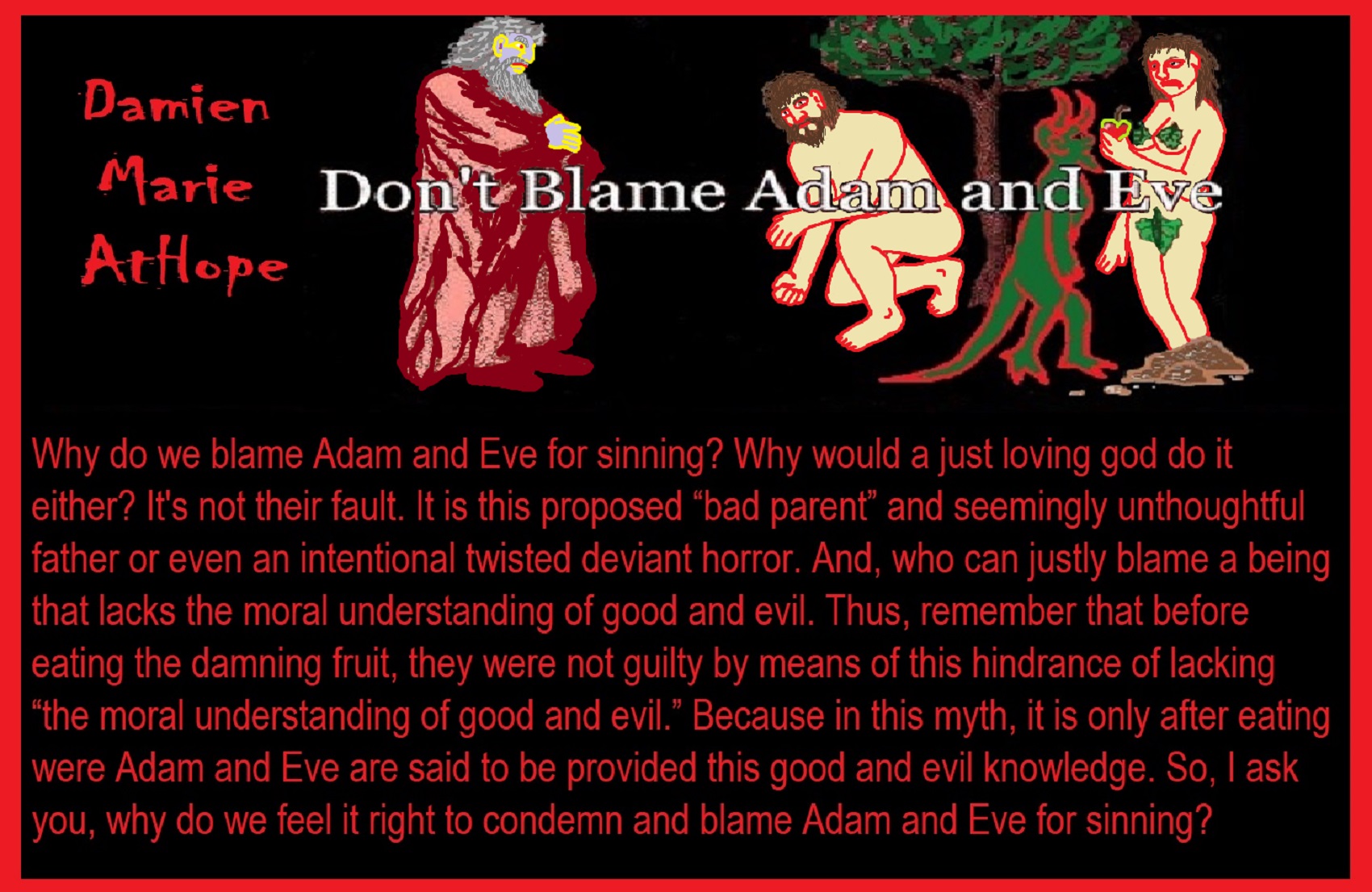

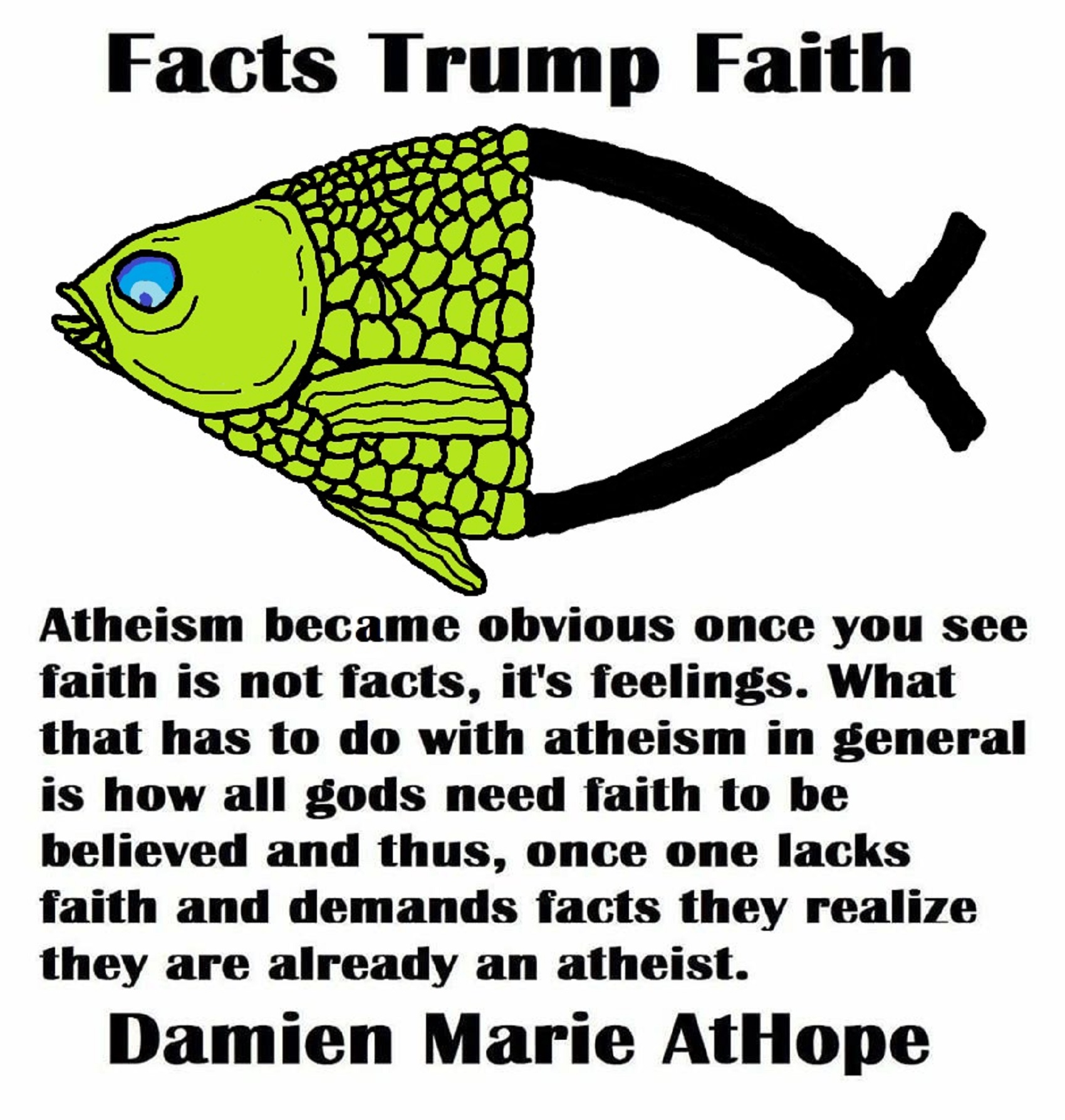


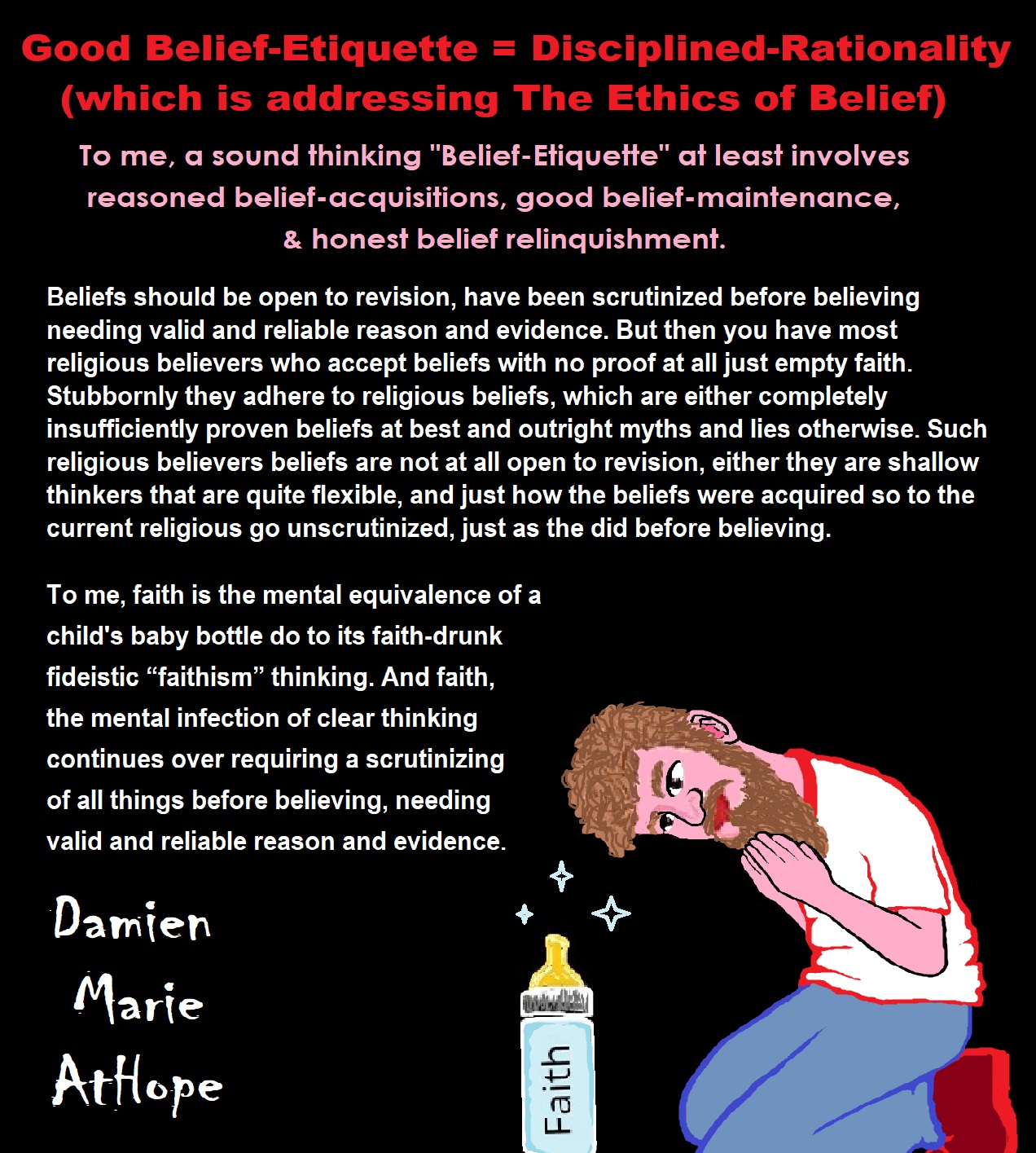

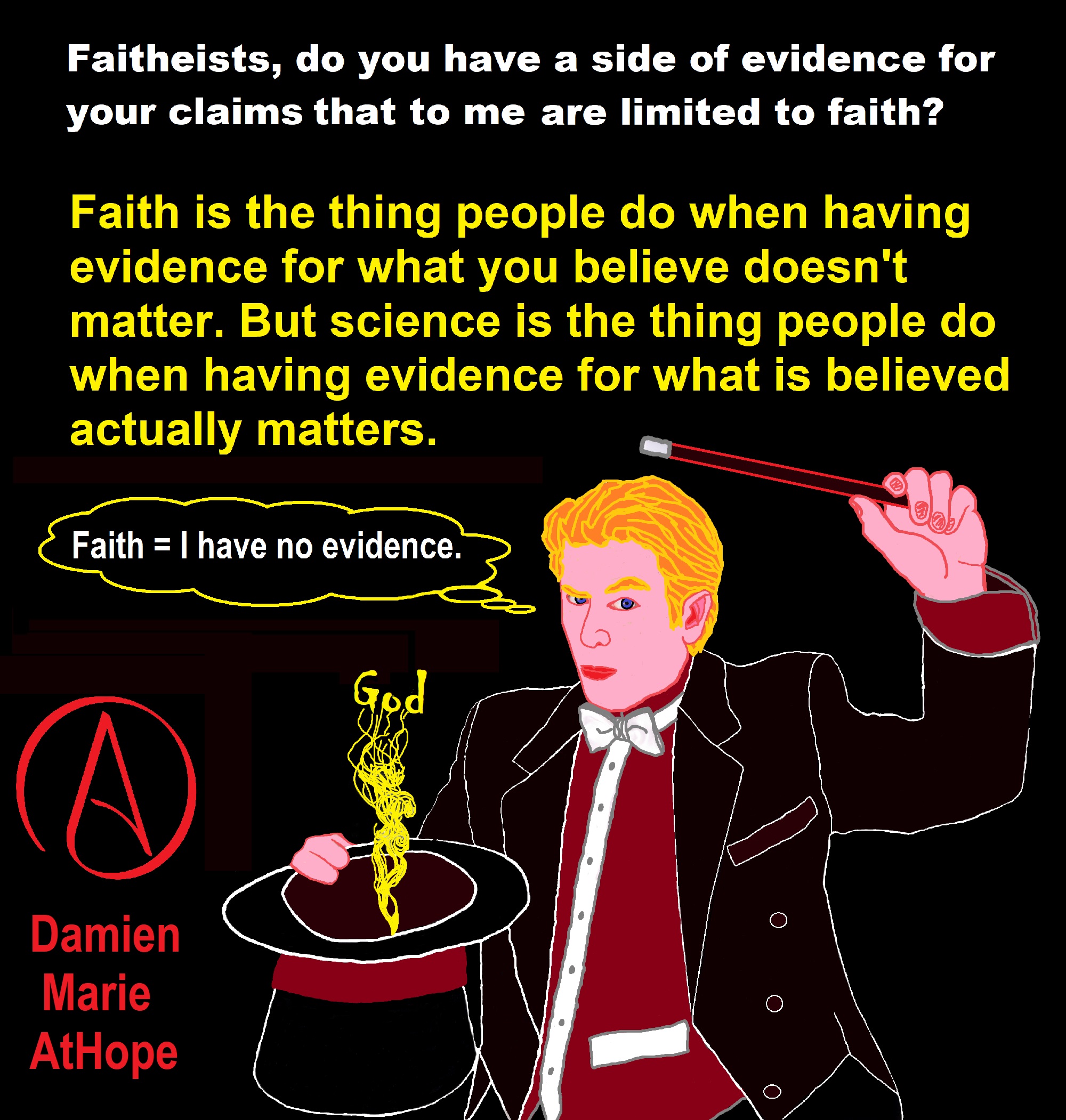
Debunking Jesus?
Please explain why anyone would follow jesus’ teachings?
If jesus was god, he would have sought worship for himself would he not? Since he didn’t, instead he sought worship for god in the heavens, therefore, he was not god. Verses in the bible say jesus is not god The bible says that Jesus denied he is god. Jesus spoke to a man who had called him ‘good,’ asking him, ‘Why do you call me good? No one is good except god alone.’ (Luke 18:19) And he said to him, ‘Why are you asking me about what is good? There is only One who is good; but if you wish to enter into life, keep the commandments.’ (Matthew 19:17) So jesus is not good? Therefore, if jesus did not know “good” then why trust his teachings?
No, there was no one named jesus.
Simply there was no one named “Jesus” 2,000 years ago, especially when the “j” was not even used back then. In Latin, the letter for this was I/i, in Greek it was Ι/ι (iota), and in Hebrew it was י (yod). Thus, the Greek spelling of “Jesus” was Ιησους, pronounced something like “Yeh-SOOS”, and the Latin likewise was Iesus. the history of the letter J which is only 400–500 years old.
“J is the tenth letter in the modern English alphabet and the ISO basic Latin alphabet. Its normal name in English is jay /dʒeɪ/ or, now uncommonly, jy /dʒaɪ/. When used for the palatal approximant, it may be called yod (/jɒd/ or /joʊd/) or yot (/jɒt/ or /joʊt/). The letter J originated as a swash letter I, used for the letter I at the end of Roman numerals when following another I, as in XXIIJ or xxiij instead of XXIII or xxiii for the Roman numeral representing 23. A distinctive usage emerged in Middle High German. Gian Giorgio Trissino (1478–1550) was the first to explicitly distinguish I and J as representing separate sounds, in his Ɛpistola del Trissino de le lettere nuωvamente aggiunte ne la lingua italiana (“Trissino’s epistle about the letters recently added in the Italian language”) of 1524. Originally, ‘I’ and ‘J’ were different shapes for the same letter, both equally representing /i/, /iː/, and /j/; but, Romance languages developed new sounds (from former /j/ and /ɡ/) that came to be represented as ‘I’ and ‘J’; therefore, English J, acquired from the French J, has a sound value quite different from /j/ (which represents the initial sound in the English word “yet”).” ref
In this article I am going to just assume for the sake of argument such a man as jesus existed. This does not mean I am sure even some human person now thought of as jesus ever existed (I don’t think there ever was a real jesus or even one person that can be said to have done all that the bible claim even if there was so human that could connect to the carrier of jesus as expressed in the several different stories of the bible “which bible stories on jesus contradict themselves to other offered claims in other jesus stories.” Thus, the several different bible stories of jesus are not reliable even to the bible itself eroding any genuine support for a clear picture of jesus as one true person, not even to jesus’ reported ideas or the reported events that are said to have happened to or by jesus).
Here are a few gathered from: Bible Inconsistencies – Bible Contradictions – Secular Web
2KI 2:11 Elijah went up to heaven. JN 3:13 Only the Son of Man (Jesus) has ever ascended to heaven.
2CO 12:2-4 An unnamed man, known to Paul, went up to heaven and came back. HE 11:5 Enoch was translated to heaven.
EX 20:12, DT 5:16, MT 15:4, 19:19, MK 7:10, 10:19, LK 18:20 Honor your father and your mother is one of the ten commandments. It is reinforced by Jesus. MT 10:35-37, LK 12:51-53, 14:26 Jesus says that he has come to divide families; that a man’s foes will be those of his own household; that you must hate your father, mother, wife, children, brothers, sisters, and even your own life to be a disciple. MT 23:9 Jesus says to call no man on earth your father.
LE 3:17 God himself prohibits forever the eating of blood and fat. MT 15:11, CN 2:20-22 Jesus and Paul say that such rules don’t matter–they are only human injunctions.
NU 30:2 God enjoins the making of vows (oaths). MT 5:33-37 Jesus forbids doing so, saying that they arise from evil (or the Devil).
1CO 1:20, 27 God has made the wisdom of the world foolish so as to shame the wise. PR 3:13, 4:7, 19:8, JA 1:5 Happy is the man who finds wisdom. Get wisdom. LK 2:40, 52 Jesus was filled with wisdom and found favor with God.
1CO 1:19-25, 3:18-20 Wisdom is foolishness.
MT 1:6-7 The lineage of Jesus is traced through David’s son, Solomon. LK 3:23-31 It is traced through David’s son, Nathan. (Note: Some apologists assert that Luke traces the lineage through Mary. That this is untrue is obvious from the context since Luke and Matthew both clearly state that Joseph was Jesus’ father.)
MT 1:16 Jacob was Joseph’s father. LK 3:23 Heli was Joseph’s father.
MT 1:17 There were twenty-eight generations from David to Jesus. LK 3:23-38 There were forty-three.
MT 1:18-21 The Annunciation occurred after Mary had conceived Jesus. LK 1:26-31 It occurred before conception.
MT 1:20 The angel spoke to Joseph. LK 1:28 The angel spoke to Mary.
MT 1:20-23, LK 1:26-33 An angel announces to Joseph and/or Mary that the child (Jesus) will be “great,” the “son of the Most High,” etc., and …. MT 3:13-17, MK 1:9-11 The baptism of Jesus is accompanied by the most extraordinary happenings, yet …. MK 3:21 Jesus’ own relatives (or friends) attempt to constrain him, thinking that he might be out of his mind, and …. MK 6:4-6 Jesus says that a prophet is without honor in his own house (which certainly should not have been the case considering the Annunciation and the Baptism).
MT 1:23 He will be called Emmanuel (or Immanuel). MT 1:25 Instead, he was called Jesus.
MT 2:13-16 Following the birth of Jesus, Joseph and Mary flee to Egypt, (where they stay until after Herod’s death) in order to avoid the murder of their firstborn by Herod. Herod slaughters all male infants two years old and under. (Note: John the Baptist, Jesus’ cousin, though under two is somehow spared without fleeing to Egypt.) LK 2:22-40 Following the birth of Jesus, Joseph and Mary remain in the area of Jerusalem for the Presentation (about forty days) and then return to Nazareth without ever going to Egypt. There is no slaughter of the infants. MT 2:23 “And he went and lived in a town called Nazareth. So was fulfilled what was said through the prophets: He will be called a Nazarene.'” (This prophecy is not found in the OT and while Jesus is often referred to as “Jesus of Nazareth”, he is seldom referred to as “Jesus the Nazarene.”)
MT 3:11-14, JN 1:31-34 John realized the true identity of Jesus (as the Messiah) either prior to the actual Baptism, or from the Baptism onward. The very purpose of John’s baptism was to reveal Jesus to Israel. MT 11:2-3 After the Baptism, John sends his disciples to ask if Jesus is the Messiah. ref
Matthew 15:21-28 (jesus was not ethical but was bigoted if real)
21 Leaving that place, Jesus withdrew to the region of Tyre and Sidon. 22 A Canaanite woman from that vicinity came to him, crying out, “Lord, Son of David, have mercy on me! My daughter is demon-possessed and suffering terribly.” 23 Jesus did not answer a word. So his disciples came to him and urged him, “Send her away, for she keeps crying out after us.” 24 He answered, “I was sent only to the lost sheep of Israel.” 25 The woman came and knelt before him. “Lord, help me!” she said. 26 He replied, “It is not right to take the children’s bread and toss it to the dogs.” 27 “Yes it is, Lord,” she said. “Even the dogs eat the crumbs that fall from their master’s table.” 28 Then Jesus said to her, “Woman, you have great faith! Your request is granted.” And her daughter was healed at that moment.
My Commentary Matthew 15:21-28
You may believe you know Jesus. The lie called the bible is full of contradictions thousands of them so what you think you know depends on which lie you choose to remember. You do not know, you believe because of faith and think that feeling is knowing, but you are mistaken. You need to learn how to form justified beliefs, and faith is not it.
If Jesus was God, he would have sought worship for himself would he not? Since he didn’t, instead he sought worship for God in the heavens, therefore, he was not God. Verses in the Bible say Jesus is not God The Bible says that Jesus denied he is God.
Jesus spoke to a man who had called him ‘good,’ asking him, ‘Why do you call me good? No one is good except God alone.’ (Luke 18:19)
And he said to him, ‘Why are you asking me about what is good? There is only One who is good; but if you wish to enter into life, keep the commandments.’ (Matthew 19:17)
Jesus did not teach people that he was God. If Jesus had been telling people that he was God, he would have complimented the man. Instead, Jesus rebuked him, denying he was good, that is, Jesus denied he was God.
The Bible says that God is greater than Jesus.
‘My Father is greater than I’ (John 14:28)
‘My father is greater than all.’ (John 10:29)
Jesus cannot be God, if God is greater than him. The Christian belief that the Father and son are equal is in direct contrast to the clear words from Jesus. Jesus never instructed his disciples to worship him.
‘When you pray, say Our Father which art in heaven.’ (Luke 11:2)
‘In that day, you shall ask me nothing. Whatsoever you ask of the Father in my name.’ (John 16:23)
‘The hour cometh and now is, when the true worshippers shall worship the Father in spirit and in truth; for the Father seeketh such to worship him.’ (John 4:23)
Is Jesus equal to or lesser than god?
JOH 10:30 I and my Father are one.
JOH 14:28 I go unto the Father: for my Father is greater than I.
How did Simon Peter find out that Jesus was the Christ?
By a revelation from heaven (Matthew 16:17)
His brother Andrew told him (John 1:41)
Jesus’ last words?
MAT 27:46,50: “And about the ninth hour Jesus cried with a loud voice, saying, “Eli, eli, lama sabachthani?” that is to say, “My God, my God, why hast thou forsaken me?” …Jesus, when he cried again with a loud voice, yielded up the ghost.”
LUK 23:46: “And when Jesus had cried with a loud voice, he said, “Father, unto thy hands I commend my spirit:” and having said thus, he gave up the ghost.”
JOH 19:30: “When Jesus therefore had received the vinegar, he said, “It is finished:” and he bowed his head, and gave up the ghost.”
Jesus’ first sermon plain or mount?
MAT 5:1,2: “And seeing the multitudes, he went up into a mountain: and when he was set, his disciples came unto him: And he opened his mouth, and taught them, saying….”
LUK 6:17,20: “And he came down with them, and stood in the plain, and the company of his disciples, and a great multitude of people…came to hear him.. And he lifted up his eyes on his disciples and said…”
Whom did they see at the tomb?
MAT 28:2 And, behold, there was a great earthquake: for the angel of the Lord descended from heaven, and came and rolled back the stone from the door, and sat upon it.
MAT 28:3-5 His countenance was like lightning, and his raiment white as snow: and for fear of him the keepers did shake, and became as dead men. And the angel answered and said unto the women, Fear not ye: for I know that ye seek Jesus, which was crucified.
MAR 16:5 And entering into the sepulchre, they saw a young man sitting on the right side, clothed in a long white garment; and they were affrighted.
LUK 24:4 And it came to pass, as they were much perplexed thereabout, behold, two men stood by them in shining garments:
JOH 20:12 And seeth two angels in white sitting, the one at the head, and the other at the feet, where the body of Jesus had lain.
Jesus descended from which son of David?
Solomon (Matthew 1:6)
Nathan(Luke3:31)
Would Jesus inherit David’s throne?
Yes. So said the angel (Luke 1:32)
No, since he is a descendant of Jehoiakim (see Matthew 1: I 1, I Chronicles 3:16). And Jehoiakim was cursed by God so that none of his descendants can sit upon Davids throne (Jeremiah 36:30)
When Jesus met Jairus was Jairus daughter already dead?
Yes. Matthew 9:18 quotes him as saying, My daughter has just died.
No. Mark 5:23 quotes him as saying, My little daughter is at the point of death.
Did Herod think that Jesus was John the Baptist?
Yes (Matthew 14:2; Mark 6:16)
No (Luke 9:9)
Did John the Baptist recognize Jesus before his baptism?
Yes (Matthew 3:13-14)
No (John 1:32,33)
Did John the Baptist recognize Jesus after his baptism?
Yes (John 1:32, 33)
No (Matthew 11:2)
I could go on there is much more but some will say I am using man’s wisdom not god’s mysterious ways. So, is the bible in favour of wisdom? Is it folly to be wise or not?
PRO 4:7 Wisdom is the principal thing; therefore get wisdom: and with all thy getting get understanding.
ECC 1:18 For in much wisdom is much grief: and he that increaseth knowledge increaseth sorrow.
1CO 1:19: “For it is written, I will destroy the wisdom of the wise, and will bring to nothing the understanding of the prudent.”
I hear all the time but did you read the bible?
Read the bible, you mean the book of dogmatic propaganda. Yes sadly I have. I read two versions of the bible King James and NIV. I have read history, anthropology and archeology of world religions and understood right thinking because of philosophy. I know a lot, I dont claim to know everything but certainly enough to firmly know religion and gods are myths. I could list countess scriptures to contradict the bible’s credibility (it has none) as I have listed some but true believers will believe as they wish (blind faith). The male god is an invented idea no more than 5,000 years the female goddess at least 12,000 but the first worship was and the world’s oldest ritual was of a large stone python 70,000 years ago. https://www.apollon.uio.no/english/articles/2006/python-english.html
You may think it’s only me that thinks god is a lie but you should know the National Academy of Science charted belief in God as low as 5.5 percent among biologists and 7.5 percent among physicist and astronomers. http://www.nbcnews.com/id/12082681/ns/health-heart_health/t/power-prayer-flunks-unusual-test/#.VpBgrPkrKM8
Why is it important what people believe?
We atheists are largely science positive and often pro humanist; many atheists are the ones doing the science and caretaking the environment, while there are christians often putting large amounts of effort praying for change, or praying for the end. Prayer so you know is proven to fail. In the largest study of its kind, researchers found that having people pray for heart bypass surgery patients had no effect on their recovery. In fact, patients who knew they were being prayed for had a slightly higher rate of complications. http://www.nbcnews.com/id/12082681/ns/health-heart_health/t/power-prayer-flunks-unusual-test/#.VpBgrPkrKM8
I hear christians say over and over, I will pray for you!!
True Believers (blind faith), you believe in prayer then pray for starving children like in parts of africa that god seems to care nothing about, not me who has committed the only unforgivable sin of blasphemy the holy spirit. Jesus Himself said in Matthew 12:31, “Therefore I say to you, every sin and blasphemy will be forgiven men, but the blasphemy against the Spirit will not be forgiven men.”
And, I know you True Believers think I must never have known jesus or been a true christian or I would not be an atheist. Ridiculous….
I was raised Christian though did not take it serious at first until I got sober off drugs and alcohol from then I was a devout Christian from 17 until 36. At 36 while going to college to be a drug and alcohol counselor then I had to do take classes on religion and after learning the truth I turned atheist. By the way True Believers if you want to learn an accurate account on how Christianity began?
Click the link: https://damienmarieathope.com/2016/01/07/accurate-account-on-how-did-christianity-began/
Which is more reasonable, Atheism or Christianity?
Atheism is more reasonable as it is only holding to the proven naturalism confirmed by science. Whereas, Christianity puts forth magical thinking and stories about the history of the world, who’s beliefs either dont match or are debunked by the proven naturalism confirmed by science.
Kick out that old god myth and rise to self-mastery in atheism.
Religion is not about truth, it’s about indoctrinated faith. Do you really believe that even if clear documents demonstrate that Jesus had said he was not god, that they would stop all Belief, not hardly as it’s not about truth. Just like if clear documents proved Mohammed had said he was not really a profit of Allah but just made it up, that they would stop all Belief, not hardly. So again I say it’s all about indoctrinated faith, not truth. Religion and it’s god myths are like a spiritually transmitted disease of the mind. This infection even once cured holds mental disruption which can linger on for a lifetime. if you are a religious believer, may I remind you that faith in the acquisition of knowledge is not a valid method worth believing in. Because, what proof is “faith”, of anything religion claims by faith, as many people have different faith even in the same religion?

Was Jesus A Magician?: Jesus’ Wand
YES, AS SEEN WITH JESUS AND HIS MAGIC WAND IN EARLY CHRISTIAN ART. REF
“Jesus is sometimes shown performing miracles by means of a wand, as on the doors of Santa Sabina in Rome (430–32). He uses the wand to change water to wine, multiply the bread and fishes, and raise Lazarus. When pictured healing, he only lays on hands. The wand is thought to be a symbol of power. The bare-faced youth with the wand may indicate that Jesus was thought of as a user of magic or wonder worker by some of the early Christians. No art has been found picturing Jesus with a wand before the 2nd century. Some scholars suggest that the Gospel of Mark, the Secret Gospel of Mark and the Gospel of John (the so-called Signs Gospel), portray such a wonder worker, user of magic, a magician, or a Divine man. Only the Apostle Peter is also depicted in ancient art with a wand.” ref
“Apostle Peter was one of the Twelve Apostles of Jesus Christ and one of the first leaders of the early Christian Church. According to Christian tradition, Peter was crucified in Rome under Emperor Nero.” ref
Jesus Holding a Magic Wand?
Supernatural depictions of Jesus in Early Christian art
by Biblical Archaeology Review
“Did Jesus use a magic wand when performing his miracles? It seems so—if we are to judge by some of the earliest depictions of Jesus in Christian art. Early Christian iconography provides us with precious insights into the esthetics of early Christians. Inspired by biblical and apocryphal texts, the earliest Christian imagery is also a window into the theological thinking of the third- and fourth-century followers of Jesus. Coming primarily from funerary contexts, early Christian art is especially rich in mural paintings found in catacombs and in smaller sculptures, such as sarcophagi and tombstones. It is thus no surprise that the repertoire of motifs expressed in these media is mostly associated with the afterlife and healing (physical or spiritual).” ref
In his article “Jesus the Magician? Why Jesus Holds a Wand in Early Christian Art,” published in the Fall 2020 issue of Biblical Archaeology Review, Lee M. Jefferson of Centre College in Danville, Kentucky, zooms on one particular subject from the plethora of artistic motifs—Jesus holding a wand or rod while performing a healing or miracle. “The implement that Jesus holds (sometimes called a virga or rabdos) is portrayed as either thick and ruddy, such as on the sarcophagi, or thin and reed-like, such as in catacomb paintings. He uses it in the performance of a miracle, leading several scholars to conclude that early Christians understood Jesus as a magician. The problem with this identification is that early Christians greatly maligned magic,” remarks Jefferson, before introducing the varied representations of Jesus and his miracle-working tool.” ref
“Utterly theatrical and visualizing the authority of the new religion (Christianity), the most popular scene of early Christian funerary art was the raising of Lazarus. Jesus usually stands in front of a small shrine that holds the swaddled cadaver and he uses a wand to summon forth Lazarus from his grave, where he had been dead for four days (John 11). Even though the Bible never mentions Jesus using a wand in performing his miracles, you may recall other prominent biblical figures who did use a similar tool to work miracles. Moses reportedly used a rod to separate the Red Sea to save his people from the Pharaoh’s army during their daring escape from Egypt (Exodus 14). And he later used a rod to strike the rock and provide drinking water for his fellow Israelites during their wanderings to the Promised Land (Exodus 17:2). Is this where the early Christians got the idea, or were they inspired by the pagan imagery of the larger Greco-Roman world?” ref
“The only other New Testament figure who can be seen using a wand to perform a miracle in early Christian art is the apostle Peter. Illustrating a legend attested in apocryphal literature, the scene usually shows Peter striking a rock with a stick, in the presence of two other figures, who wear Roman military cloaks and headgear. According to the legend, Peter during his detention in Rome miraculously opened a spring of water, which he then used to baptize his two jailers. Influenced by modern pop culture and literary characters, such as Harry Potter, we may be forgiven for interpreting the mysterious tool as a magic wand. The reality is even more complex and fascinating. “For early Christians, Jesus performing miracles with the staff was not magical. Rather, it was intrinsically biblical (recalling Moses) and innately ecclesial (touting the supremacy of the Church),” explains Jefferson. To dive into the various representations of Jesus with a wand and to discover their true meaning, read Lee M. Jefferson’s article “Jesus the Magician? Why Jesus Holds a Wand in Early Christian Art,” published in the Fall 2020 issue of Biblical Archaeology Review.” ref
“Read the full article “Jesus the Magician? Why Jesus Holds a Wand in Early Christian Art,” by Lee M. Jefferson, in the Fall 2020 issue of Biblical Archaeology Review.” ref
Was Jesus a magician?
by Live Science
“Ancient art throughout the catacombs of Rome, painted on the walls and carved into stone coffins, shows Jesus as he multiplies loaves of bread, heals the sick, and brings the dead back to life. These images are unified by one surprising element: In each of them, Jesus appears to brandish a wand. That led scholars to wonder: Did ancient Christians see Jesus as a magician? Despite these evocative images, most evidence suggests early Christians didn’t see Jesus as a magician. Magic was considered a purely human pursuit that could not raise the dead, whereas Jesus’ supernatural acts were always seen by believers as miracles performed through a powerful God. What’s more, the “wand” carried by Jesus was in fact not a wand —magicians of the day never carried wands anyway, experts told Live Science.” ref
Magic and early Christianity
“Still, magic was very much alive during the period of early Christianity. Between the third and eighth centuries, the years when images of what looks like a “wand-carrying” Jesus Christ adorned the burial sites of ancient Romans, Christianity was still in its infancy, existing alongside ancient Judaism as well as Roman gods and goddesses, said Lee Jefferson, the chair of the religion program at Centre College in Danville, Kentucky. “Even at the time of some of these images, they don’t have an agreed upon Bible; they don’t have a canon; they don’t have an agreed upon understanding about who Jesus is,” Jefferson told Live Science. That said, it looked nothing like the magic we see in pop culture today. Magic centered around spells, which people would seek from magicians to deal with problems in their everyday lives, from sickness to love. Patrons of magicians took those spells home to recite, just like we would take medicine home from the doctor. Recite it wrong, and it wouldn’t work.” ref
“In a time of uncertainty, when people had little control over whether their crops survived and sickness was often a death sentence, magic provided a sense of control. That said, magic was looked down upon by Jews and polytheists alike, Jefferson said. Magic was seen as superstitious and it was banned in the Roman Empire. Although people continued to practice it in private, religious leaders saw it as shameful, Jefferson wrote in the book “The Routledge Handbook of Early Christian Art” (Routledge, 2018). In this context, some people did call Jesus a magician — but as a form of slander. At the time, polytheist religious leaders saw Christianity as a form of superstition, like magic. “I mean, here’s this group that gets together in the morning and drinks wine and says it’s blood and eats bread and says it’s flesh,” Jefferson said. “You can probably understand why people thought it was superstitious.” The philosopher Celsus, a vocal critic of Christianity, was among those who saw Jesus as a magician.” ref
“But followers of Jesus never saw it that way. Their savior performed miracles, not magic — powerful acts of God that often defied death, very different from the human pursuit of magic, that dealt with small matters. “You would not want your demigod to be called a magician because it makes them seem less powerful,” Jefferson said. Jesus’ ability to defeat death, heal people, and produce food and drink elevated him above Roman gods in the eyes of Christians and non-Christians alike, said Felicity Harley-McGowan, an art historian at Yale Divinity School. They believed Jesus had a particular power over death and would invoke his name as a way of harnessing that power, even as they invoked the names of other gods. Roman gods could heal and raise the dead, but none performed these acts directly or with the agency of Jesus. For example, Asclepius, the god of healing, healed people through dreams; Jesus healed directly with his hands. While Asclepius was killed for raising the dead, Jesus was praised for it. Early Christian art reflects that preoccupation with miracles, and less focus on his story of suffering and redemption. For instance, though dozens of paintings exist of Jesus carrying what looks like a wand and raising Lazarus from the dead, relatively few early paintings depict Jesus’ last supper or crucifixion, Jefferson wrote in a 2020 article published in the journal Biblical Archaeology Review.” ref
“So why is Jesus depicted carrying an object that looks so much like a magic wand? Scholars tend to agree that “wand” isn’t the best term to describe it. In fact, the tool probably wasn’t associated with magic at all — it just appears that way to us, because it’s filtered through the lens of modern conceptions of wizards, such as Harry Potter. In the earliest years of Christianity, magic didn’t involve wands. No known artwork from that time period depicts magicians carrying them, Jefferson added. Instead, many scholars prefer the term “staff” to describe the object. Regardless, the fact that Jesus carried a staff in these images does hold its own significance. In the earliest years of Christianity, people would have been familiar with Moses — a Jewish prophet and another miracle-worker — but not necessarily with Jesus. That staff connected Jesus to Moses, who also carried one and in fact, performed miracles with it. “He’s kind of like a new Moses,” Jefferson said. The staff was a symbol of power people could recognize — just as a beard or scroll would have demonstrated learnedness, Harley-McGowan told Live Science. “They see that person holding the object and they can understand,” Harley-McGowan said, “The staff is a sign of his authority.” ref
Christian Magic and Miracles
by Biblical Archaeology Review
“In the first centuries of Christianity, Church authorities already disapproved of magic and amulets. Yet amulets, oracles, and magic among Christians survived well into the second half of the first millennium. Modern scholarship now commonly accepts that the advent of Christianity did not put an end to these pagan practices; at least not immediately. Rather, it caused their transformation. Some would further argue that this pagan-Christian connection worked the other way around, too. Namely, that the early Christian emphasis on miracle working and supernatural powers of Jesus and his followers was helpful in recruiting converts from among polytheists.” ref
“CHRISTIAN AMULET. Dating from the sixth century, this piece of parchment (P. Oxy. 8.1077) was excavated at the site of ancient Oxyrhynchus, Egypt. It contains a redacted version of Matthew 4:23–24, which reads as follows: The gospel of healing according to Matthew. And Jesus went throughout Galilee, teaching and proclaiming the gospel of the kingdom and healing every disease and every sickness among the people. And his fame spread into all of Syria, and they brought to him those who were ill, and Jesus cured them, with what looks like a magic wand. To boost its healing powers, the sacred text is inscribed in five columns arranged in the form of crosses.” ref
“LIKE A MAGICIAN, Jesus uses a wand to summon forth Lazarus from his grave, where he had been dead for four days. This mid-fourth-century mural painting from the Catacomb of the Giordani in Rome depicts Jesus in front of an aedicule (a small shrine) that holds the swaddled cadaver. Although not a magic wand à la Harry Potter, the staff that Jesus holds does insinuate a type of Christian “magic.” Utterly theatrical and visualizing the authority of the new religion, the raising of Lazarus ranked among the most popular scenes in early Christian art. Its message clearly resonated with late antique sensitivities and encouraged conversions to Christianity.” ref
“JESUS’S MIRACLES carved in this marble sarcophagus of Marcus Claudianus include the conversion of water into wine; the multiplication of loaves and fishes; healing a man born blind; and the resurrection of Lazarus, with what looks like a magic wand. Created c. 330–340, this early example of New Testament miracle episodes is now in the Museo Nazionale Romano.” ref
“SANTA SABINA CHURCH in Rome boasts one of the earliest Christian doors with carved images. Created in 432 C.E., the wood panel pictured here presents Jesus curing the blind man; the multiplication of loaves and fishes; and the miracle at Cana, with what looks like a magic wand.” ref
“Writing for the January/February 2020 issue of Biblical Archaeology Review, Robert Knapp of the University of California, Berkeley, explains that in antiquity the responses to the pressing questions of daily life “rested on the belief in supernatural powers of all sorts surrounding and penetrating every aspect of life. There was no meaning, no problem solving, no hope, no society, unless these powers were recognized, mollified, and persuaded to do good—or at least to do no harm.” To this end, continues Knapp, “ordinary polytheists’ religious experience was a complete and seamless integration of all-important aspects of daily life,” where multiple gods and powers provided a functional context vital for social integration and survival. So why would anyone risk abandoning the inherited way of life for a new, “untested” religion?” ref
“Knapp argues that the key element of early Christianity that quickly spread the new religion across the entire Roman Empire rested in the ability to meet polytheism on its own ground—by offering to help deal with life’s contingencies and proving the superiority of their God. The ability to direct supernatural power (through signs and miracles) appealed to many Jews, too. Miracles, after all, were a long-accepted proof of Yahweh’s power. Though it may have been an embarrassment to the philosophizing Christian elites, miracles, and everyday religiosity were able to win over ordinary Jews and polytheists alike. Magic and miracles proved to be central for convincing common people to accept the new religion.” ref
“To learn about the ways emerging Christianity appealed to ordinary polytheists and made them give up their ancestral relationships to supernatural powers, read the article “How Magic and Miracles Spread Christianity” by Robert Knapp in the January/February 2020 issue of Biblical Archaeology Review. Read the full article “How Magic and Miracles Spread Christianity,” by Robert Knapp, in the January/February 2020 issue of Biblical Archaeology Review.” ref
“Christian views on magic vary widely among Christian denominations and among individuals. Many Christians actively condemn magic as satanic, holding that it opens the way for demonic possession. Some Christians simply view it as entertainment. Conversely, some branches of esoteric Christianity actively engage in magical practices.” ref
“Esoteric Christianity is an approach to Christianity which features “secret traditions” that require an initiation to learn or understand. The term esoteric was coined in the 17th century and derives from the Greek ἐσωτερικός (esôterikos, “inner”). These spiritual currents share some common features, such as heterodox or heretical Christian theology; the canonical gospels, various apocalyptic literature, and some New Testament apocrypha as sacred texts; and disciplina arcani, a supposed oral tradition from the Twelve Apostles containing esoteric teachings of Jesus the Christ. Esoteric Christianity was closely related to gnosticism, and survives in a few modern churches. A denomination of esoteric Christianity is The Christian Community. It focuses on the experiential aspect of sacraments, with the Eucharist serving as “the Rite of the Consecration of Man”. Scholar Jan Shipps describes the Church of Jesus Christ of Latter-day Saints as having esoteric elements.” ref
“Some modern scholars believe that in the early stages of proto-orthodox Christianity, a nucleus of oral teachings were inherited from Palestinian and Hellenistic Judaism. In the 4th century, it was believed to form the basis of a secret oral tradition which came to be called disciplina arcani. Mainstream theologians, however, believe that it contained only liturgical details and certain other traditions which remain a part of some branches of mainstream Christianity. Important influences on esoteric Christianity are the Christian theologians Clement of Alexandria and Origen, the leading figures of the Catechetical School of Alexandria.” ref
“Influenced by the Platonic doctrine of metempsychosis, reincarnation of the soul was accepted by most Gnostic Christian sects such as Valentinianism and the Basilidians, but denied by the proto-orthodox one. While hypothetically considering a complex multiple-world transmigration scheme in De Principiis, Origen denies reincarnation in his work Against Celsus and elsewhere. Despite this apparent contradiction, most modern esoteric Christian movements refer to Origen’s writings (along with other Church Fathers and biblical passages) to validate these ideas as part of the esoteric Christian tradition outside of the Gnostic schools, who were later considered heretical in the 3rd century.” ref
Gospel magic, the use of stage magic to promote a Christian message?
“Gospel magic is the use of otherwise standard stage magic tricks and illusions as object lessons to promote Christian messages. Gospel magic does not claim to invoke spirits or paranormal powers. Gospel magic is intended to present the Christian good news through “visual parables“; the trick or illusion is used to present theological points in an entertaining way with the intention that people will remember the message. Gospel magic is generally presented as stage magic or platform magic, but it can be adapted to close-up magic or micromagic situations.” ref
“The first modern use of Gospel magic is in the ministry of the Italian Catholic priest Giovanni Melchiorre Bosco (Don Bosco, 1815–1888). His autobiography lists many dozens of magic tricks used for the purpose of offering religious instruction to children and youth. Don Bosco has been seen as the Patron Saint of Catholic Magicians and, specifically, Catholic Gospel Magicians. In 1910, C. H. Woolston published Seeing Truth: Object Lessons with Magical and Mechanical Effects which aimed to help adults working with children in church. Other texts were soon written that incorporated Gospel messages with magic. In 1953, the International Fellowship of Christian Magicians began in the US. This rapidly spread the use of the creative arts to teach the Gospel. An international magazine, The Voice of the FCM, is published every two months. Annual conventions are held in US, UK, and Germany.” ref
“There are several references to witchcraft in the Bible that strongly condemn such practices. For example, Deuteronomy 18:11–12 condemns anyone who “casts spells, or who is a medium or spiritist or who consults the dead. Anyone who does these things is detestable to the Lord, and because of these detestable practices the Lord your God will drive out those nations before you”, and Exodus 22:18 states “Do not allow a sorceress to live” (or in the King James Bible “thou shalt not suffer a witch to live”). It has also been suggested that the word “witch” (Heb. מְכַשֵּׁפָ֖ה məḵaššêp̄āh) might be a mistranslation of “poisoner.” Others point to a primitive idealist belief in a relation between bewitching and coveting, reflected in the occasional translation of the Tenth Commandment as ‘Thou shalt not covet’. This may suggest that the prohibition related specifically to sorcery or the casting of spells to unnaturally possess something.” ref
“Some adherents of near-east religions acted as mediums, channeling messages from the dead or from a familiar spirit. The Bible sometimes is translated as referring to “necromancer” and “necromancy” (Deuteronomy 18:11). However, some lexicographers, including James Strong and Spiros Zodhiates, disagree. These scholars say that the Hebrew word kashaph (כשפ), used in Exodus 22:18 and 5 other places in the Tanakh comes from a root meaning “to whisper”. Strong, therefore, concludes that the word means “to whisper a spell, i.e. to incant or practice magic”. The Contemporary English Version translates Deuteronomy 18:11 as referring to “any kind of magic”. At the very least, older biblical prohibitions included those against ‘sorcery‘ to obtain something unnaturally; ‘necromancy‘ as the practice of magic or divination through demons or the dead, and any forms of malevolent ‘bewitchery‘.” ref
“The Apostle Paul‘s Epistle to the Galatians includes sorcery in a list of “works of the flesh”. This disapproval is echoed in the Didache, a very early book of church discipline which dates from the mid-late first century. During the Early Middle Ages, the Christian Churches did not conduct witch trials. The Germanic Council of Paderborn in 785 explicitly outlawed the very belief in witches, and the Holy Roman Emperor Charlemagne later confirmed the law. Among Eastern Orthodox Christians concentrated in the Byzantine Empire, belief in witchcraft was widely regarded as deisidaimonia—superstition—and by the 9th and 10th centuries in the Latin Christian West, belief in witchcraft had begun to be seen as heresy.” ref
“Christian perspectives began to change with the influential writings of the mystic poet Dante Alighieri and scholastic philosopher Thomas Aquinas, both of whom believed in astrology, whilst condemning sorcery as moral perversion. Dante also condemned then-current forms of alchemy and divination, whilst Aquinas had a more nuanced and sympathetic view. Towards the end of the Middle Ages and the beginning of the early modern period (post-Reformation), belief in witchcraft became more popular and witches were seen as directly in league with the Devil. This marked the beginning of a period of witch hunts among early Protestants which lasted about 200 years, and in some countries, particularly in North-Western Europe, tens of thousands of people were accused of witchcraft and sentenced to death.” ref
“The Inquisition within the Roman Catholic Church had conducted trials against supposed witches in the 13th century, but these trials were to punish heresy, of which belief in witchcraft was merely one variety. Inquisitorial courts only became systematically involved in the witch-hunt during the 15th century: in the case of the Madonna Oriente, the Inquisition of Milan was not sure what to do with two women who in 1384 and in 1390 confessed to have participated in a type of white magic. Not all Inquisitorial courts acknowledged witchcraft. For example, in 1610 as the result of a witch-hunting craze the Suprema (the ruling council of the Spanish Inquisition) gave everybody an Edict of Grace (during which confessing witches were not to be punished) and put the only dissenting inquisitor, Alonso de Salazar Frías, in charge of the subsequent investigation. The results of Salazar’s investigation was that the Spanish Inquisition did not bother witches ever again though they still went after heretics and Crypto-Jews.” ref
“In the era of the Inquisition and anti-witchcraft sentiment, there was a more acceptable form of “purely natural” occult and pagan study, the study of “natural” phenomena in general with no evil or irreligious intent whatsoever. Renaissance humanism (15th and 16th century) saw a resurgence in hermeticism and Neo-Platonic varieties of ceremonial magic. Both bourgeoisie and nobility of that era showed great fascination with these arts, which exerted an exotic charm by their ascription to Arabic, Jewish, Romani, and Egyptian sources. There was great uncertainty in distinguishing practices of vain superstition, blasphemous occultism, and perfectly sound scholarly knowledge or pious ritual. The people during this time found that the existence of magic was something that could answer the questions that they could not explain through science. To them it was suggesting that while science may explain reason, magic could explain “unreason.” ref
“Marsilio Ficino advocated the existence of spiritual beings and spirits in general, though many such theories ran counter to the ideas of the later Age of Enlightenment, and were treated with hostility by the Roman Catholic Church. Ficino however theorised a “purely natural” magic that did not require the invocation of spirits, malevolent or malicious. Benedictine abbot Johannes Trithemius reportedly created incantations of his own related to beneficial communication with spirits. His works, including the Steganographia, were immediately placed on the Index Librorum Prohibitorum. However, these works were later revealed to be concerned with cryptography and steganography, and the “magical” formulae were cover texts for cryptographic content. Behind their methods, however, is an underlying theological motive for their contrivance. The preface to the Polygraphia establishes the everyday practicability of Trithemian cryptography as a “secular consequent of the ability of a soul specially empowered by God to reach, by magical means, from earth to Heaven.” ref
“Heinrich Cornelius Agrippa (1486–1535), a German magician, occult writer, theologian, astrologer, and alchemist, wrote the influential Three Books of Occult Philosophy, incorporating Kabbalah in its theory and practice of Western magic. It contributed strongly to the Renaissance view of ritual magic’s relationship with Christianity. Giambattista della Porta expanded on many of these ideas in his Magia Naturalis. Giovanni Pico della Mirandola promoted a syncretic worldview combining Platonism, Neoplatonism, Aristotelianism, Hermeticism, and Kabbalah. Pico’s Hermetic syncretism was further developed by Athanasius Kircher, a Jesuit priest, hermeticist, and polymath, who wrote extensively on the subject in 1652, bringing further elements such as Orphism and Egyptian mythology to the mix. Lutheran Bishop James Heiser recently evaluated the writings of Marsilio Ficino and Giovanni Pico della Mirandola as an attempted “Hermetic Reformation.” ref
“John Dee was an intense Christian, but his religiosity was influenced by Hermetic and Renaissance Neo-Platonism and pervasive Pythagorean doctrines. From Hermeticism he drew a belief that man had the potential for divine power that could be exercised through mathematics. He immersed himself in magic, astrology, and Hermetic philosophy. Much effort in his last 30 years went into trying to commune with angels, so as to learn the universal language of creation and achieve a pre-apocalyptic unity of mankind. His goal was to help bring forth a unified world religion through the healing of the breach of the Roman Catholic and Protestant churches and the recapture of the pure theology of the ancients.” ref
EARLY CHRISTIAN MAGIC
Magic Spells
“**[For protection against violent attack] And you, lord of lords [Jesus], you are the one from whom all healing comes, with your good father and your holy spirit. . . . If a battle arises against us and we are stricken by a sword, or a spear, or a knife, or any weapon under heaven, recite against it my name, and the name of my good father, and the holy spirit, and the name of the twelve apostles, and the name of the twenty-four elders, and the name of the seven archangels, those who are within the veil, who stand by me, my good father, and the holy spirit, so that neither bloodshed nor aching bones might happen at any place over which these names will be recited.” ref
**[A sexual curse to leave a man impotent and to protect a woman from sexual advances] It is on Shinte son of Tanheu that I shall work a spell of binding, Keuentios Patilos Kous Makous, the one who has fallen from his invisible chariot (?) and has been cast into the outer darkness: Bind, fasten the flesh of Shinte son of Tanheu, Bar Bare Apakentor Mehalai. Bind, fasten the flesh of Shinte son of Tanheu. It must not have an erection, it must not become hard, it must not ejaculate. May he — Shinte son of Tanheu — be like a corpse left in a tomb and like an old rag left on a manure pile. He must not be able to have intercourse and he must not be able to release the virginity of Seine daugher of Moune, yea, yea, at once, at once!” ref
**[For the return of a stolen object and a curse upon the thief] I adjure you today, O Ruphos, the angel who is appointed over the land of Egypt, that you spread your wings over any place where this bronzevessel is, until you return it to the place from which it came. East and west, north and the sea, if it lies buried underground, you must make it visible; if it is hidden in a place that is closed, you must return it to its place. Let not the earth be firm beneath the person who has taken it, let not the sky shelter him, and let no peace at all come to him, yea. Yea, at once, at once, at once!” ref
**[To drive evil forces from a pregnant woman] I adjure you by your name and your power and your figure and your amulet of salvation and the places where you dwell and your light-wand in your right hand and your light-shield in your left hand and your great powers standing before you. Do not hold back and do not ignore, until you find it worth your while to descend upon your figure and your amulet of salvation. Watch and protect the 4 sides of the body and the soul and the spirit and the entire house of N. daughter of N. and her child who is in her womb as well as every child born to her. Bring them to life yearly without any disease. Cast forth from her every evil force. Never allow them to approach her or any of her children until she bears them. Cast forth from her every doom and every devil and every Apalaf and every Aberselia and every power of darkness and every evil eye and every eye-shutter and every chill and every fever and every trembling. Restrain them all. Cast them away from her and away from all her children until she bears them, and away from all her dwellings, immediately and quickly! Do not permit them ever to visit her or the child with whom she is pregnant for approximately two hundred miles around. Yea, yea, now, now, at once, at once! Sura daughter of Pelca, she and the child with whom she is pregnant.” ref
**[Curse of a mother against her son’s female companion] I, the miserable, wretched sinner, call unto the lord god almighty, that you perform my judgment against Tnoute, who has separated my son from me so that he scorns me. You must not listen to her, O god if she calls up to you. You must make her without hope in this world. You must strike her womb and make her barren. You must make her consume the fruit of her womb. You must make a demon descend upon her, who will cast her into troublesome illness and great affliction. You must bring a fever upon her, and a chill and a numbness of heart and an itching. Bring upon her the twelve . . . a worm and blood flow out of her all the days of her life. . . take them. She must not live; she comes to death. You must cause her mouth to err. O you who sits upon the chariot of . . ., O cherubim and seraphim, perform my judgment against Tnoute, Michael, you must perform my judgment. Gabriel, . . .Tremuel, Abraxiel, Emmanuel, perform my judgment against Tnoute, quickly! O twenty-four elders and the four creatures who support the throne of the father, perform my judgment. O you who performs judgment for the mistreated, perform my judgment, quickly!” ref
‘WAND’ DISCOVERED IN CAVE IS FOUND TO BE 6,000 YEARS OLD!
“A nondescript cave in Israel was the location of a major discovery recently: a lead and wood artifact believed to be the earliest example of smelted lead in the Eastern Mediterranean region. The object, which looks like a wand or small dagger, was found attached to an intact wooden shaft during a field survey at Ashalim Cave led by Naama Yahalom-Mack, a postdoctoral student from The Hebrew University of Jerusalem. Findings were published in the scientific journal Plos One.” ref
“Lead is a soft, malleable metal with a bluish-white color and is rarely found on its own, meaning it has to be extracted from the ore that contains it through a process called smelting – or by heating and melting it. The researchers dated the wand to the late 5th millennium BCE – or the Late Copper Age. The smelted lead had never before been dated to this time period, according to Yahalom-Mack. Consisting of a 22.4 cm long wooden shaft and a perforated lead object still attached to it, the wand is the only pre-4th millennium lead artifact ever uncovered in the region, and sheds new light on the early metallurgy of lead, its sources, and its technological role at the formative stages of metal production, Yahalom-Mack said.” ref
“Lead doesn’t tend to occur naturally in the area in which the wand was found, so after discovering the artifact, the researchers studied its isotopes (variations on an element) to determine its origin. An analysis showed that the artifact “was … likely smelted from lead ores originating” in Anatolia, Turkey. Yahalom-Mack said the discovery is important “to the question of the development of silver extraction from lead ores: was regular lead smelting from lead-rich ores performed during the 5th millennium BCE, a process that might have resulted in the discovery of silver few hundreds of years later?” ref
Magic Wands?
“It is possible that wands were used by pre-historic peoples. It is mentioned that ‘rods’ (as well as rings) were found with Red Lady of Paviland in Britain, a male skeleton dyed in red ochre and buried in Wales 33,000 years ago. It is mentioned by the author in Gower – A Guide to Ancient and Historic Monuments on the Gower Peninsula that these might have been wands and are depicted as such in a reconstruction drawing of the burial of the ‘Red Lady’. In British formal government ceremony, special officials may carry a wand of office that represents their power. Compare in this context the function of the ceremonial mace, the scepter, and the staff of office. Its age may be even greater, as Stone Age cave paintings show figures holding sticks, which may be symbolic representations of their power.” ref
“During the Middle Kingdom of Egypt, apotropaic wands began to be used during birth ceremonies. These wands were made out of hippopotamus tusks which were split down the middle lengthwise, producing two wands, each with one flat side and one curved side. Due to the curved nature of a hippopotamus tusk, these wands were curved, with one pointed end (the point of the tusk) and one blunt end (where the tusk was removed from the hippopotamus). Hippopotamus tusks may have been used to invoke Taweret the hippopotamus goddess of childbirth. The earliest apotropaic wands used in Egypt were undecorated, but “from around 1850 BCE or around 3,850 years ago, they were usually provided with decorations of apotropaic figures directly related to the sun religion, or particular aspects of it, inscribed on the convex upper side… most of whom carry knives to ward off evil forces”. These apotropaic wands were also inscribed with protective text on the flat side, such as “Cut off the head of the enemy when he enters the chamber of the children whom the lady… has borne”. The latest apotropaic wand found belongs to the Second Intermediate Period king Senebkay. It seems that the use of these objects in Egypt declines after this point.” ref
“The Barsom used by Zoroastrian Magi is a bundle of twigs that was used during religious ceremonies. While the Barsom is not a wand itself, it was also used for divination purposes, and may be a form of prototypical wand from which later magical wands descend. The concept of magic wands was used by the ancient Greek writer Homer, in his epic poems The Iliad and The Odyssey. In all cases, Homer used the word rhabdos (ῥᾰ́βδος), which means ‘rod’, and implies something that is thicker than the modern conception of wands. In those books, Homer wrote that magic wands were used by three different gods, namely Hermes, Athena, and Circe. In The Iliad, Homer wrote that Hermes generally used his magic wand Caduceus to make people sleep and wake up. In The Odyssey, Homer wrote that Athena used her magic wand to make Odysseus old, and then young again, and that Circe used her magic wand to turn Odysseus’s men into pigs.” ref
“By the 1st century CE, the wand was a common symbol of magic in Roman cults, especially Mithraism. In the 3rd and 4th centuries, there are frequent depictions on sarcophagi of Jesus Christ using a magic wand to perform miracles, such as the raising of Lazarus and feeding the multitude. Italian fairy tales put wands into the hands of the powerful fairies by the Late Middle Ages. Wands are used in the Enochian magic of John Dee, the Hermetic Order of the Golden Dawn, Thelema, and Wicca, and by independent practitioners of magic. Based on their magical symbolism, stage magicians often use “magic wands” as part of their misdirection. These wands are traditionally short and black, with white tips. A magic wand may be transformed into other items, grow, vanish, move, display a will of its own, or behave magically in its own right. A classic magic trick makes a bouquet of flowers shoot out of the wand’s tip.” ref
“Wands were introduced into the occult via the 13th-century Latin grimoire The Oathbound Book of Honorius. The wand idea from the Book of Honorius, along with various other ideas from that grimoire, were later incorporated into the 16th-century grimoire The Key of Solomon. The Key of Solomon became popular among occultists for hundreds of years. In 1888, there was the publication of an English translation of the Key of Solomon by Samuel Mathers (one of the co-founders of the Hermetic Order of the Golden Dawn), which made the text of the Key of Solomon available to the anglophone world. That 1888 English version inspired Gerald Gardner, the creator of Wicca, to incorporate the wand and various other ritual objects into Wicca.” ref
“The creators of the Golden Dawn got their idea to use a wand, as well as their other main ritual objects (dagger, sword, hexagrammic pentacle, and cup), from the writings of the mid-19th-century occult writer Eliphas Levi. Levi himself mentioned most of those objects (all except for the cup) in his writings because they are in the Key of Solomon, whereas he got the cup from the tarot suit of cups. In Levi’s 1862 book Philosophie Occulte, he wrote a fake excerpt of a Hebrew version of the Key of Solomon, and that fake excerpt was part of the inspiration for the Golden Dawn’s ritual objects, and especially their lotus wand.” ref
“The ceremonial magic of the Hermetic Order of the Golden Dawn uses several different types of wands for different purposes, the most prominent of which are the fire wand and the lotus wand. In Wicca, wands are traditionally used to summon and control angels and genies, but have later come to also be used for general spell-casting. Wands serve a similar purpose to athames (ritual daggers), though the two objects have their distinct uses: an athame is used to command, whereas a wand is seen as more gentle, and is used to invite or encourage. Wands are traditionally made of wood— practitioners usually prune a branch from an oak, hazel, or other tree, or may even buy wood from a hardware store, and then carve it and add decorations to personalize it, though one can also purchase ready-made wands. In Wicca, the wand can represent the element air, or fire (following the wiccan author Raymond Buckland, who got his element associations from the Golden Dawn), although contemporary wand-makers also create wands for the elements of earth and water.” ref
Staff of Moses “Rod of God”
“The Staff of Moses, also known as the Staff of God is a staff mentioned in the Bible and Quran as a walking stick used by Moses. According to the Book of Exodus, the staff (Hebrew: מַטֶּה matteh, translated “rod” in the King James Bible) was used to produce water from a rock, was transformed into a snake and back, and was used at the parting of the Red Sea. Whether the staff of Moses was the same as the staff used by his brother Aaron has been debated by rabbinical scholars. The staff is first mentioned in the Book of Exodus (Ex 4:2), when God appears to Moses in the burning bush. God asks what Moses has in his hand, and Moses answers “a staff” (“a rod” in the KJV version).” ref
“The staff is miraculously transformed into a snake and then back into a staff. The staff is thereafter referred to as the “rod of God” or “staff of God” (depending on the translation):
“And thou shalt take this rod in thine hand, wherewith thou shalt do signs”. And Moses went and returned to Jethro his father in law, and said unto him, “Let me go, I pray thee, and return unto my brethren which are in Egypt, and see whether they be yet alive”. And Jethro said to Moses, “Go in peace”. And the LORD said unto Moses in Midian, “Go, return into Egypt: for all the men are dead which sought thy life”. And Moses took his wife and his sons, and set them upon an ass, and he returned to the land of Egypt: and Moses took the rod of God in his hand. (KJV. Exodus chapter 4)” ref
“Moses and Aaron appear before the pharaoh, and Aaron’s rod is transformed into a serpent. Pharaoh’s sorcerers are also able to transform their own rods into serpents, but Aaron’s rod swallows their rods (Exodus 7:10–12). Aaron’s rod is again used to turn the Nile blood-red. It is used several times on God’s command to initiate the plagues of Egypt. During the Exodus, Moses stretches out his hand with the staff to part the Red Sea. While in the “wilderness” after leaving Egypt Moses follows God’s command to strike a rock with the rod to create a spring for the Israelites to drink from (Exodus 17:5–7). Moses does so, and water springs forth from the rock in the presence of the Elders of Israel.” ref
“Moses also uses the staff in the battle at Rephidim between the Israelites and the Amalekites (Exodus 17:8–16). When he holds up his arms holding the “rod of God” the Israelites “prevail”, when he drops his arms, their enemies gain the upper hand. Aaron and Hur help him to keep the staff raised until victory is achieved. Finally, God tells Moses to get water for the Israelites from a rock by speaking to the rock (Numbers 20:8). But Moses, being vexed by the complaining of the Israelites, instead of speaking to the rock as God commanded, strikes the rock twice with the staff. Because Moses did not obey God’s command to speak to the rock, implying lack of faith, God punished Moses by not letting him enter into the Promised Land (Numbers 20:12). Musa‘s staff is referred to in the Quran (‘Asa, Arabic: عصا) with various applications and miraculous uses in ten different verses.” ref
“Because Aaron’s rod and Moses’ rod are both given similar, seemingly interchangeable, powers, Rabbinical scholars debated whether or not the two rods were one and the same. According to the Midrash Yelammedenu (Yalḳ. on Ps. ex. § 869):
the staff with which Jacob crossed the Jordan is identical with that which Judah gave to his daughter-in-law, Tamar (Gen. xxxii. 10, xxxviii. 18). It is likewise the holy rod with which Moses worked (Ex. iv. 20, 21), with which Aaron performed wonders before Pharaoh (Ex. vii. 10), and with which, finally, David slew the giant Goliath (I Sam. xvii. 40). David left it to his descendants, and the Davidic kings used it as a scepter until the destruction of the Temple, when it miraculously disappeared. When the Messiah comes it will be given to him for a scepter in token of his authority over the heathen.” ref
“In later Jewish legend the rod was said to have been created at the beginning of the world on the sixth day of creation and to have been passed down through the hands of the major patriarchs before being inherited by Moses. There are many speculations about what has happened to Moses’ staff. The Midrash (a homiletic method of biblical exegesis) states that the staff was passed down from generation to generation and was in the possession of the Judean kings until the First Temple was destroyed. It is unknown what became of the staff after the Temple was destroyed and the Jews were exiled from the land. There is a mention of the rod of Moses in a deposition of Nicolas, abbot of the Icelandic Benedictine monastery of Thingeyrar, who had seen it guarded in a chapel of a palace in Constantinople in c. 1150. According to this source, the archbishop of Novgorod, Anthony, stated that it was in the church of St Michael in the Boukoleon Palace, among other precious relics. After the sack of Constantinople in 1204 it was transported to France, where Bishop Nevelon placed it in Soissons cathedral and it then passed to the treasury of the Sainte-Chapelle.” ref
“According to an identifying document at the Hagia Sophia in Istanbul, Moses’ staff is on display today within the Sacred Relics collection at the Topkapı Palace, Istanbul, Turkey. The Topkapı Palace holds other reputedly holy relics, most notably those attributed to the Islamic prophet Muhammad (such as his bow, his sword, his footprint, and a tooth). Topkapı Palace was officially designated a museum in 1924, and the holy relics were placed on public view on 31 August 1962. It is said that Sultan Selim I (1512–1520) brought the holy relics to Topkapı Palace after conquering Egypt in 1517. It is narrated in Kitab al-Kafi that Ja’far al-Sadiq claims that the “Tablets of Moses and the Staff of Moses are with us. We are the heirs of the Prophets.” ref
If you are a religious believer, may I remind you that faith in the acquisition of knowledge is not a valid method worth believing in. Because, what proof is “faith”, of anything religion claims by faith, as many people have different faith, even in the same religion?
I see Jesus’ wand as a connection to the Asherah pole is a sacred tree or pole that stood near Canaanite religious locations to honor the Ugaritic mother-goddess Asherah,
“An Asherah pole is a sacred tree or pole that stood near Canaanite religious locations to honor the Ugaritic mother-goddess Asherah, consort of El. The relation of the literary references to an asherah and archaeological finds of Judaean pillar-figurines has engendered a literature of debate. The asherim were also cult objects related to the worship of the fertility goddess Asherah, the consort of either Ba’al or, as inscriptions from Kuntillet ‘Ajrud and Khirbet el-Qom attest, Yahweh, and thus objects of contention among competing cults. The Hebrew Bible suggests that the poles were made of wood. In the sixth chapter of the Book of Judges, God is recorded as instructing the Israelite judge Gideon to cut down an Asherah pole that was next to an altar to Baal. The wood was to be used for a burnt offering.” ref
“In translations that render the Hebrew asherim into English as “Asherah poles,” the insertion of “pole” begs the question by setting up unwarranted expectations for such a wooden object: “we are never told exactly what it was”, observes John Day. Though there was certainly a movement against goddess-worship at the Jerusalem Temple in the time of King Josiah (2 Chronicles 34:3), it did not long survive his reign, as the following four kings “did what was evil in the eyes of Yahweh” (2 Kings 23:32, 37; 24:9, 19)[citation needed]. Further exhortations came from Jeremiah. The traditional interpretation of the Biblical text is that the Israelites imported pagan elements such as the Asherah poles from the surrounding Canaanites. In light of archeological finds, however, modern scholars now theorize that the Israelite folk religion was Canaanite in its inception and always polytheistic, and it was the prophets and priests who denounced the Asherah poles who were the innovators; such theories inspire ongoing debate.” ref
“Asherim are mentioned in the Hebrew Bible in the books of Exodus, Deuteronomy, Judges, the Books of Kings, the second Book of Chronicles, and the books of Isaiah, Jeremiah, and Micah. The term often appears as merely אשרה, (Asherah) referred to as “groves” in the King James Version, which follows the Septuagint rendering as ἄλσος, pl. ἄλση, and the Vulgate lucus,[7] and “poles” in the New Revised Standard Version; no word that may be translated as “poles” appears in the text. Scholars have indicated, however, that the plural use of the term (English “Asherahs”, translating Hebrew Asherim or Asherot) provides ample evidence that reference is being made to objects of worship rather than a transcendent figure. Some biblical archaeologists have suggested that until the 6th century BC the Israelite peoples had household shrines, or at least figurines, of Asherah, which are strikingly common in the archaeological remains. Raphael Patai identified the pillar figurines with Asherah in The Hebrew Goddess.” ref
“Deuteronomy 16:21 states that YHWH (rendered as “the Lord”) hated Asherim whether rendered as poles: “Do not set up any [wooden] Asherah [pole] beside the altar you build to the Lord your God” or as living trees: “You shall not plant any tree as an Asherah beside the altar of the Lord your God which you shall make”. That Asherahs were not always living trees is shown in 1 Kings 14:23: “their
Rethinking Jesus?
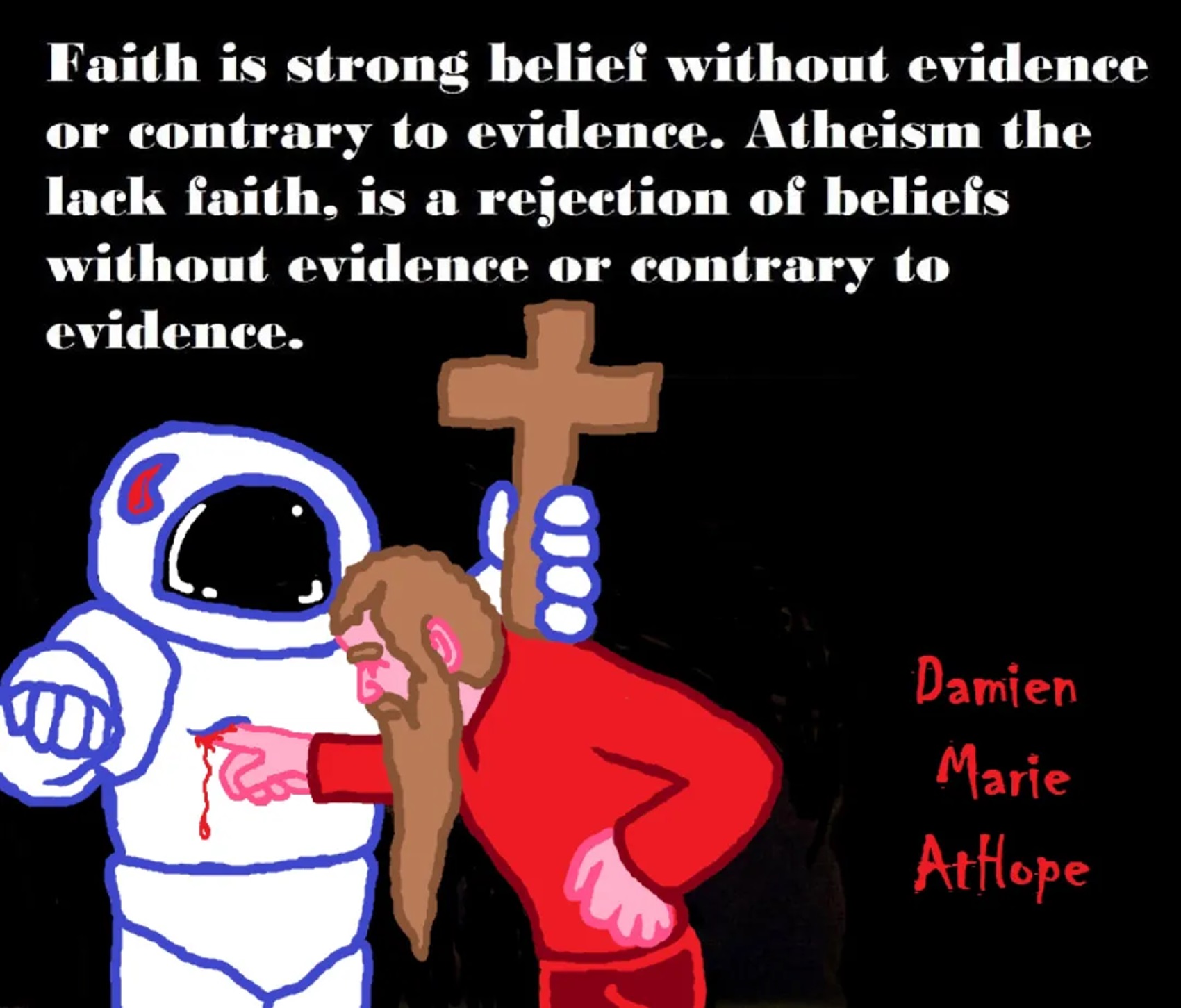



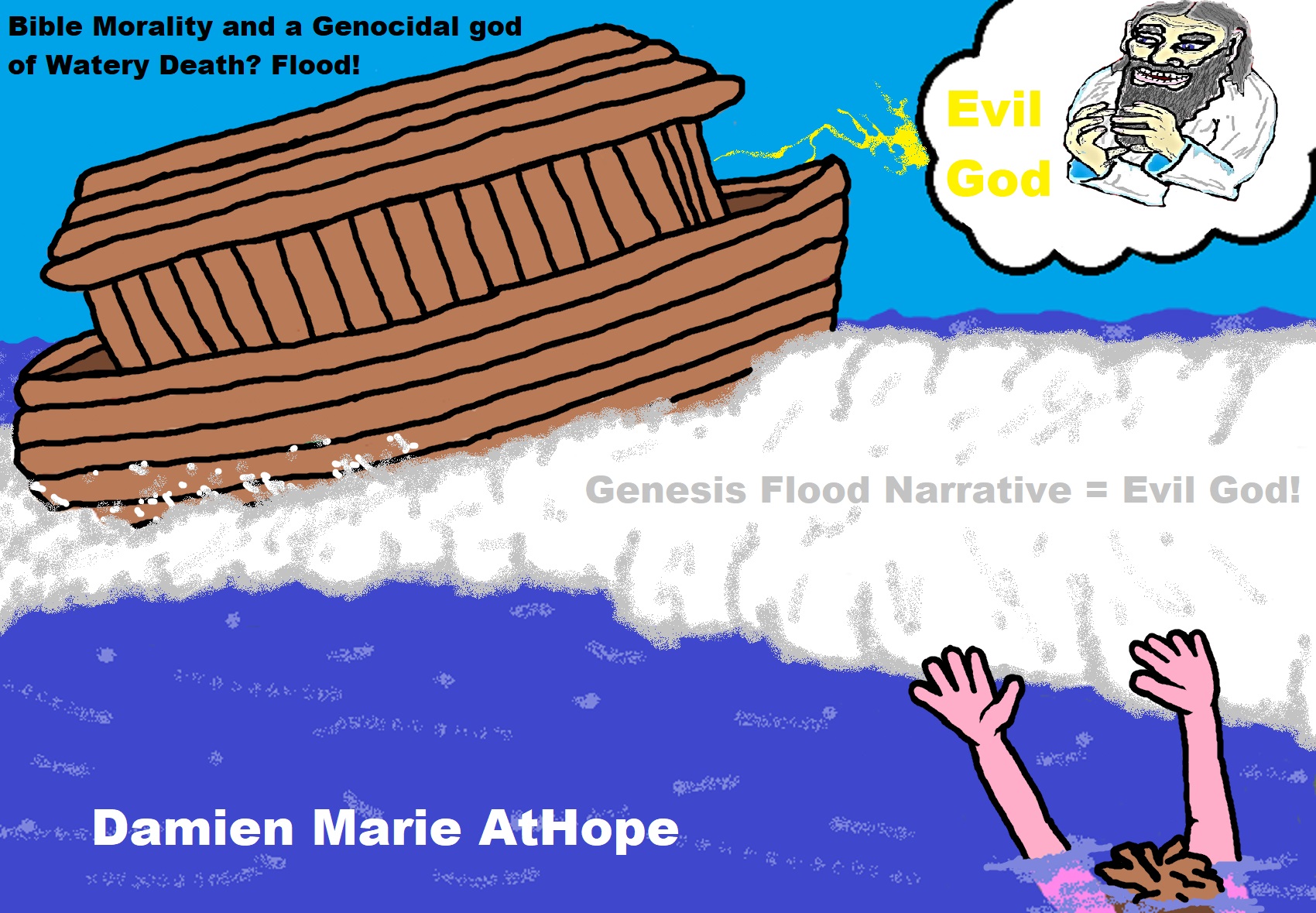




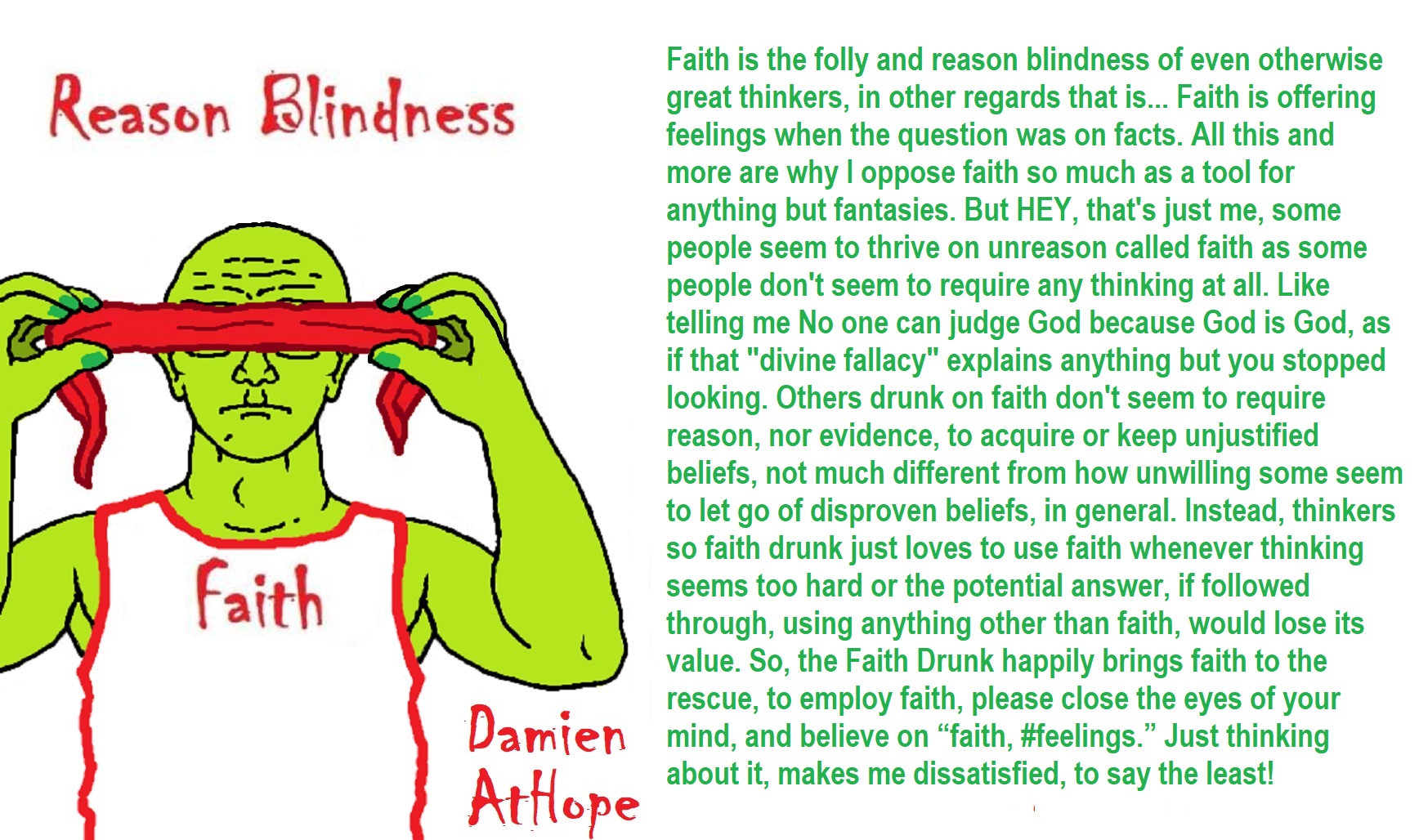

But is Atlantis real?
No. Atlantis (an allegory: “fake story” interpreted to reveal a hidden meaning) can’t be found any more than one can locate the Jolly Green Giant that is said to watch over frozen vegetables. Lol


May Reason Set You Free
There are a lot of truly great things said by anarchists in history, and also some deeply vile things, too, from not supporting Women’s rights to Anti-Semitism. There are those who also reject those supporting women’s rights as well as fight anti-Semitism. This is why I push reason as my only master, not anarchist thinking, though anarchism, to me, should see all humans everywhere as equal in dignity and rights.
We—Cory and Damien—are following the greatness that can be found in anarchist thinking.
As an Anarchist Educator, Damien strives to teach the plain truth. Damien does not support violence as my method to change. Rather, I choose education that builds Enlightenment and Empowerment. I champion Dignity and Equality. We rise by helping each other. What is the price of a tear? What is the cost of a smile? How can we see clearly when others pay the cost of our indifference and fear? We should help people in need. Why is that so hard for some people? Rich Ghouls must End. Damien wants “billionaires” to stop being a thing. Tax then into equality. To Damien, there is no debate, Capitalism is unethical. Moreover, as an Anarchist Educator, Damien knows violence is not the way to inspire lasting positive change. But we are not limited to violence, we have education, one of the most lasting and powerful ways to improve the world. We empower the world by championing Truth and its supporters.
Anarchism and Education
“Various alternatives to education and their problems have been proposed by anarchists which have gone from alternative education systems and environments, self-education, advocacy of youth and children rights, and freethought activism.” ref
“Historical accounts of anarchist educational experiments to explore how their pedagogical practices, organization, and content constituted a radical alternative to mainstream forms of educational provision in different historical periods.” ref
“The Ferrer school was an early 20th century libertarian school inspired by the anarchist pedagogy of Francisco Ferrer. He was a proponent of rationalist, secular education that emphasized reason, dignity, self-reliance, and scientific observation. The Ferrer movement’s philosophy had two distinct tendencies: non-didactic freedom from dogma and the more didactic fostering of counter-hegemonic beliefs. Towards non-didactic freedom from dogma, and fulfilled the child-centered tradition.” ref

Teach Real History: all our lives depend on it.
Damien sees lies about history as crimes against humanity. And we all must help humanity by addressing “any and all” who make harmful lies about history.
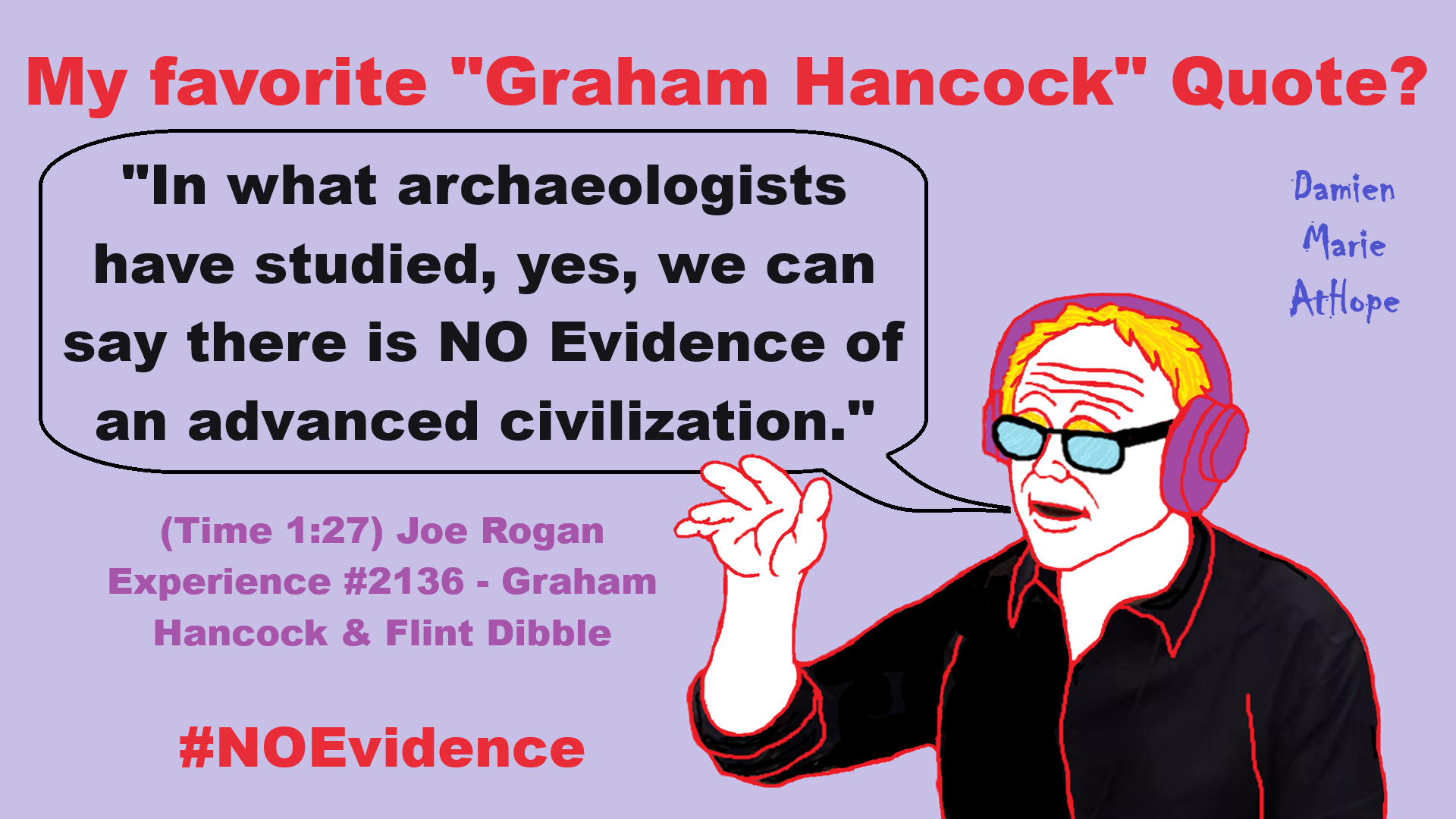
My favorite “Graham Hancock” Quote?
“In what archaeologists have studied, yes, we can say there is NO Evidence of an advanced civilization.” – (Time 1:27) Joe Rogan Experience #2136 – Graham Hancock & Flint Dibble

People don’t commonly teach religious history, even that of their own claimed religion. No, rather they teach a limited “pro their religion” history of their religion from a religious perspective favorable to the religion of choice.

Do you truly think “Religious Belief” is only a matter of some personal choice?
Do you not see how coercive one’s world of choice is limited to the obvious hereditary belief, in most religious choices available to the child of religious parents or caregivers? Religion is more commonly like a family, culture, society, etc. available belief that limits the belief choices of the child and that is when “Religious Belief” is not only a matter of some personal choice and when it becomes hereditary faith, not because of the quality of its alleged facts or proposed truths but because everyone else important to the child believes similarly so they do as well simply mimicking authority beliefs handed to them. Because children are raised in religion rather than being presented all possible choices but rather one limited dogmatic brand of “Religious Belief” where children only have a choice of following the belief as instructed, and then personally claim the faith hereditary belief seen in the confirming to the belief they have held themselves all their lives. This is obvious in statements asked and answered by children claiming a faith they barely understand but they do understand that their family believes “this or that” faith, so they feel obligated to believe it too. While I do agree that “Religious Belief” should only be a matter of some personal choice, it rarely is… End Hereditary Religion!

Animism: Respecting the Living World by Graham Harvey
“How have human cultures engaged with and thought about animals, plants, rocks, clouds, and other elements in their natural surroundings? Do animals and other natural objects have a spirit or soul? What is their relationship to humans? In this new study, Graham Harvey explores current and past animistic beliefs and practices of Native Americans, Maori, Aboriginal Australians, and eco-pagans. He considers the varieties of animism found in these cultures as well as their shared desire to live respectfully within larger natural communities. Drawing on his extensive casework, Harvey also considers the linguistic, performative, ecological, and activist implications of these different animisms.” ref

We are like believing machines we vacuum up ideas, like Velcro sticks to almost everything. We accumulate beliefs that we allow to negatively influence our lives, often without realizing it. Our willingness must be to alter skewed beliefs that impend our balance or reason, which allows us to achieve new positive thinking and accurate outcomes.

My thoughts on Religion Evolution with external links for more info:
- (Pre-Animism Africa mainly, but also Europe, and Asia at least 300,000 years ago), (Pre-Animism – Oxford Dictionaries)
- (Animism Africa around 100,000 years ago), (Animism – Britannica.com)
- (Totemism Europe around 50,000 years ago), (Totemism – Anthropology)
- (Shamanism Siberia around 30,000 years ago), (Shamanism – Britannica.com)
- (Paganism Turkey around 12,000 years ago), (Paganism – BBC Religion)
- (Progressed Organized Religion “Institutional Religion” Egypt around 5,000 years ago), (Ancient Egyptian Religion – Britannica.com)
- (CURRENT “World” RELIGIONS after 4,000 years ago) (Origin of Major Religions – Sacred Texts)
- (Early Atheistic Doubting at least by 2,600 years ago) (History of Atheism – Wikipedia)
“Religion is an Evolved Product” and Yes, Religion is Like Fear Given Wings…
Atheists talk about gods and religions for the same reason doctors talk about cancer, they are looking for a cure, or a firefighter talks about fires because they burn people and they care to stop them. We atheists too often feel a need to help the victims of mental slavery, held in the bondage that is the false beliefs of gods and the conspiracy theories of reality found in religions.
Understanding Religion Evolution:
- Pre-Animism (at least 300,000 years ago)
- Animism (Africa: 100,000 years ago)
- Totemism (Europe: 50,000 years ago)
- Shamanism (Siberia: 30,000 years ago)
- Paganism (Turkey: 12,000 years ago)
- Progressed organized religion (Egypt: 5,000 years ago), (Egypt, the First Dynasty 5,150 years ago)
- CURRENT “World” RELIGIONS (after 4,000 years ago)
- Early Atheistic Doubting (at least by 2,600 years ago)
“An Archaeological/Anthropological Understanding of Religion Evolution”
It seems ancient peoples had to survived amazing threats in a “dangerous universe (by superstition perceived as good and evil),” and human “immorality or imperfection of the soul” which was thought to affect the still living, leading to ancestor worship. This ancestor worship presumably led to the belief in supernatural beings, and then some of these were turned into the belief in gods. This feeble myth called gods were just a human conceived “made from nothing into something over and over, changing, again and again, taking on more as they evolve, all the while they are thought to be special,” but it is just supernatural animistic spirit-belief perceived as sacred.
Quick Evolution of Religion?
Pre-Animism (at least 300,000 years ago) pre-religion is a beginning that evolves into later Animism. So, Religion as we think of it, to me, all starts in a general way with Animism (Africa: 100,000 years ago) (theoretical belief in supernatural powers/spirits), then this is physically expressed in or with Totemism (Europe: 50,000 years ago) (theoretical belief in mythical relationship with powers/spirits through a totem item), which then enlists a full-time specific person to do this worship and believed interacting Shamanism (Siberia/Russia: 30,000 years ago) (theoretical belief in access and influence with spirits through ritual), and then there is the further employment of myths and gods added to all the above giving you Paganism (Turkey: 12,000 years ago) (often a lot more nature-based than most current top world religions, thus hinting to their close link to more ancient religious thinking it stems from). My hypothesis is expressed with an explanation of the building of a theatrical house (modern religions development). Progressed organized religion (Egypt: 5,000 years ago) with CURRENT “World” RELIGIONS (after 4,000 years ago).
Historically, in large city-state societies (such as Egypt or Iraq) starting around 5,000 years ago culminated to make religion something kind of new, a sociocultural-governmental-religious monarchy, where all or at least many of the people of such large city-state societies seem familiar with and committed to the existence of “religion” as the integrated life identity package of control dynamics with a fixed closed magical doctrine, but this juggernaut integrated religion identity package of Dogmatic-Propaganda certainly did not exist or if developed to an extent it was highly limited in most smaller prehistoric societies as they seem to lack most of the strong control dynamics with a fixed closed magical doctrine (magical beliefs could be at times be added or removed). Many people just want to see developed religious dynamics everywhere even if it is not. Instead, all that is found is largely fragments until the domestication of religion.
Religions, as we think of them today, are a new fad, even if they go back to around 6,000 years in the timeline of human existence, this amounts to almost nothing when seen in the long slow evolution of religion at least around 70,000 years ago with one of the oldest ritual worship. Stone Snake of South Africa: “first human worship” 70,000 years ago. This message of how religion and gods among them are clearly a man-made thing that was developed slowly as it was invented and then implemented peace by peace discrediting them all. Which seems to be a simple point some are just not grasping how devastating to any claims of truth when we can see the lie clearly in the archeological sites.
I wish people fought as hard for the actual values as they fight for the group/clan names political or otherwise they think support values. Every amount spent on war is theft to children in need of food or the homeless kept from shelter.
Here are several of my blog posts on history:
- To Find Truth You Must First Look
- (Magdalenian/Iberomaurusian) Connections to the First Paganists of the early Neolithic Near East Dating from around 17,000 to 12,000 Years Ago
- Natufians: an Ancient People at the Origins of Agriculture and Sedentary Life
- Possible Clan Leader/Special “MALE” Ancestor Totem Poles At Least 13,500 years ago?
- Jewish People with DNA at least 13,200 years old, Judaism, and the Origins of Some of its Ideas
- Baltic Reindeer Hunters: Swiderian, Lyngby, Ahrensburgian, and Krasnosillya cultures 12,020 to 11,020 years ago are evidence of powerful migratory waves during the last 13,000 years and a genetic link to Saami and the Finno-Ugric peoples.
- The Rise of Inequality: patriarchy and state hierarchy inequality
- Fertile Crescent 12,500 – 9,500 Years Ago: fertility and death cult belief system?
- 12,400 – 11,700 Years Ago – Kortik Tepe (Turkey) Pre/early-Agriculture Cultic Ritualism
- Ritualistic Bird Symbolism at Gobekli Tepe and its “Ancestor Cult”
- Male-Homosexual (female-like) / Trans-woman (female) Seated Figurine from Gobekli Tepe
- Could a 12,000-year-old Bull Geoglyph at Göbekli Tepe relate to older Bull and Female Art 25,000 years ago and Later Goddess and the Bull cults like Catal Huyuk?
- Sedentism and the Creation of goddesses around 12,000 years ago as well as male gods after 7,000 years ago.
- Alcohol, where Agriculture and Religion Become one? Such as Gobekli Tepe’s Ritualistic use of Grain as Food and Ritual Drink
- Neolithic Ritual Sites with T-Pillars and other Cultic Pillars
- Paganism: Goddesses around 12,000 years ago then Male Gods after 7,000 years ago
- First Patriarchy: Split of Women’s Status around 12,000 years ago & First Hierarchy: fall of Women’s Status around 5,000 years ago.
- Natufians: an Ancient People at the Origins of Agriculture and Sedentary Life
- J DNA and the Spread of Agricultural Religion (paganism)
- Paganism: an approximately 12,000-year-old belief system
- Paganism 12,000 years old: related to “Anarchism and Socialism” (Pre-Capitalism)
- Shaman burial in Israel 12,000 years ago and the Shamanism Phenomena
- Need to Mythicized: gods and goddesses
- 12,000 – 7,000 Years Ago – Paleo-Indian Culture (The Americas)
- 12,000 – 2,000 Years Ago – Indigenous-Scandinavians (Nordic)
- Norse did not wear helmets with horns?
- Pre-Pottery Neolithic Skull Cult around 11,500 to 8,400 Years Ago?
- 10,400 – 10,100 Years Ago, in Turkey the Nevail Cori Religious Settlement
- 9,000-6,500 Years Old Submerged Pre-Pottery/Pottery Neolithic Ritual Settlements off Israel’s Coast
- Catal Huyuk “first religious designed city” around 9,500 to 7,700 years ago (Turkey)
- Cultic Hunting at Catal Huyuk “first religious designed city”
- Special Items and Art as well as Special Elite Burials at Catal Huyuk
- New Rituals and Violence with the appearance of Pottery and People?
- Haplogroup N and its related Uralic Languages and Cultures
- Ainu people, Sámi people, Native Americans, the Ancient North Eurasians, and Paganistic-Shamanism with Totemism
- Ideas, Technology and People from Turkey, Europe, to China and Back again 9,000 to 5,000 years ago?
- First Pottery of Europe and the Related Cultures
- 9,000 years old Neolithic Artifacts Judean Desert and Hills Israel
- 9,000-7,000 years-old Sex and Death Rituals: Cult Sites in Israel, Jordan, and the Sinai
- 9,000-8500 year old Horned Female shaman Bad Dürrenberg Germany
- Neolithic Jewelry and the Spread of Farming in Europe Emerging out of West Turkey
- 8,600-year-old Tortoise Shells in Neolithic graves in central China have Early Writing and Shamanism
- Swing of the Mace: the rise of Elite, Forced Authority, and Inequality begin to Emerge 8,500 years ago?
- Migrations and Changing Europeans Beginning around 8,000 Years Ago
- My “Steppe-Anatolian-Kurgan hypothesis” 8,000/7,000 years ago
- Around 8,000-year-old Shared Idea of the Mistress of Animals, “Ritual” Motif
- Pre-Columbian Red-Paint (red ochre) Maritime Archaic Culture 8,000-3,000 years ago
- 7,522-6,522 years ago Linear Pottery culture which I think relates to Arcane Capitalism’s origins
- Arcane Capitalism: Primitive socialism, Primitive capital, Private ownership, Means of production, Market capitalism, Class discrimination, and Petite bourgeoisie (smaller capitalists)
- 7,500-4,750 years old Ritualistic Cucuteni-Trypillian culture of Moldova, Romania, and Ukraine
- Roots of a changing early society 7,200-6,700 years ago Jordan and Israel
- Agriculture religion (Paganism) with farming reached Britain between about 7,000 to 6,500 or so years ago and seemingly expressed in things like Western Europe’s Long Barrows
- My Thoughts on Possible Migrations of “R” DNA and Proto-Indo-European?
- “Millet” Spreading from China 7,022 years ago to Europe and related Language may have Spread with it leading to Proto-Indo-European
- Proto-Indo-European (PIE), ancestor of Indo-European languages: DNA, Society, Language, and Mythology
- The Dnieper–Donets culture and Asian varieties of Millet from China to the Black Sea region of Europe by 7,022 years ago
- Kurgan 6,000 years ago/dolmens 7,000 years ago: funeral, ritual, and other?
- 7,020 to 6,020-year-old Proto-Indo-European Homeland of Urheimat or proposed home of their Language and Religion
- Ancient Megaliths: Kurgan, Ziggurat, Pyramid, Menhir, Trilithon, Dolman, Kromlech, and Kromlech of Trilithons
- The Mytheme of Ancient North Eurasian Sacred-Dog belief and similar motifs are found in Indo-European, Native American, and Siberian comparative mythology
- Elite Power Accumulation: Ancient Trade, Tokens, Writing, Wealth, Merchants, and Priest-Kings
- Sacred Mounds, Mountains, Kurgans, and Pyramids may hold deep connections?
- Between 7,000-5,000 Years ago, rise of unequal hierarchy elite, leading to a “birth of the State” or worship of power, strong new sexism, oppression of non-elites, and the fall of Women’s equal status
- Paganism 7,000-5,000 years old: related to “Anarchism and Socialism” (Capitalism) (World War 0) Elite & their slaves
- Hell and Underworld mythologies starting maybe as far back as 7,000 to 5,000 years ago with the Proto-Indo-Europeans?
- The First Expression of the Male God around 7,000 years ago?
- White (light complexion skin) Bigotry and Sexism started 7,000 years ago?
- Around 7,000-year-old Shared Idea of the Divine Bird (Tutelary and/or Trickster spirit/deity), “Ritual” Motif
- Nekhbet an Ancient Egyptian Vulture Goddess and Tutelary Deity
- 6,720 to 4,920 years old Ritualistic Hongshan Culture of Inner Mongolia with 5,000-year-old Pyramid Mounds and Temples
- First proto-king in the Balkans, Varna culture around 6,500 years ago?
- 6,500–5,800 years ago in Israel Late Chalcolithic (Copper Age) Period in the Southern Levant Seems to Express Northern Levant Migrations, Cultural and Religious Transfer
- KING OF BEASTS: Master of Animals “Ritual” Motif, around 6,000 years old or older…
- Around 6000-year-old Shared Idea of the Solid Wheel & the Spoked Wheel-Shaped Ritual Motif
- “The Ghassulian Star,” a mysterious 6,000-year-old mural from Jordan; a Proto-Star of Ishtar, Star of Inanna or Star of Venus?
- Religious/Ritual Ideas, including goddesses and gods as well as ritual mounds or pyramids from Northeastern Asia at least 6,000 years old, seemingly filtering to Iran, Iraq, the Mediterranean, Europe, Egypt, and the Americas?
- Maykop (5,720–5,020 years ago) Caucasus region Bronze Age culture-related to Copper Age farmers from the south, influenced by the Ubaid period and Leyla-Tepe culture, as well as influencing the Kura-Araxes culture
- 5-600-year-old Tomb, Mummy, and First Bearded Male Figurine in a Grave
- Kura-Araxes Cultural 5,520 to 4,470 years old DNA traces to the Canaanites, Arabs, and Jews
- Minoan/Cretan (Keftiu) Civilization and Religion around 5,520 to 3,120 years ago
- Evolution Of Science at least by 5,500 years ago
- 5,500 Years old birth of the State, the rise of Hierarchy, and the fall of Women’s status
- “Jiroft culture” 5,100 – 4,200 years ago and the History of Iran
- Stonehenge: Paganistic Burial and Astrological Ritual Complex, England (5,100-3,600 years ago)
- Around 5,000-year-old Shared Idea of the “Tree of Life” Ritual Motif
- Complex rituals for elite, seen from China to Egypt, at least by 5,000 years ago
- Around 5,000 years ago: “Birth of the State” where Religion gets Military Power and Influence
- The Center of the World “Axis Mundi” and/or “Sacred Mountains” Mythology Could Relate to the Altai Mountains, Heart of the Steppe
- Progressed organized religion starts, an approximately 5,000-year-old belief system
- China’s Civilization between 5,000-3,000 years ago, was a time of war and class struggle, violent transition from free clans to a Slave or Elite society
- Origin of Logics is Naturalistic Observation at least by around 5,000 years ago.
- Paganism 5,000 years old: progressed organized religion and the state: related to “Anarchism and Socialism” (Kings and the Rise of the State)
- Ziggurats (multi-platform temples: 4,900 years old) to Pyramids (multi-platform tombs: 4,700 years old)
- Did a 4,520–4,420-year-old Volcano In Turkey Inspire the Bible God?
- Finland’s Horned Shaman and Pre-Horned-God at least 4,500 years ago?
- 4,000-year-Old Dolmens in Israel: A Connected Dolmen Religious Phenomenon?
- Creation myths: From chaos, Ex nihilo, Earth-diver, Emergence, World egg, and World parent
- Bronze Age “Ritual” connections of the Bell Beaker culture with the Corded Ware/Single Grave culture, which were related to the Yamnaya culture and Proto-Indo-European Languages/Religions
- Low Gods (Earth/ Tutelary deity), High Gods (Sky/Supreme deity), and Moralistic Gods (Deity enforcement/divine order)
- The exchange of people, ideas, and material-culture including, to me, the new god (Sky Father) and goddess (Earth Mother) religion between the Cucuteni-Trypillians and others which is then spread far and wide
- Koryaks: Indigenous People of the Russian Far East and Big Raven myths also found in Tlingit, Haida, Tsimshian, and other Indigenous People of North America
- 42 Principles Of Maat (Egyptian Goddess of the justice) around 4,400 years ago, 2000 Years Before Ten Commandments
- “Happy Easter” Well Happy Eostre/Ishter
- 4,320-3,820 years old “Shimao” (North China) site with Totemistic-Shamanistic Paganism and a Stepped Pyramid
- 4,250 to 3,400 Year old Stonehenge from Russia: Arkaim?
- 4,100-year-old beaker with medicinal & flowering plants in a grave of a woman in Scotland
- Early European Farmer ancestry, Kelif el Boroud people with the Cardial Ware culture, and the Bell Beaker culture Paganists too, spread into North Africa, then to the Canary Islands off West Africa
- Flood Accounts: Gilgamesh epic (4,100 years ago) Noah in Genesis (2,600 years ago)
- Paganism 4,000 years old: related to “Anarchism and Socialism” (First Moralistic gods, then the Origin time of Monotheism)
- When was the beginning: TIMELINE OF CURRENT RELIGIONS, which start around 4,000 years ago.
- Early Religions Thought to Express Proto-Monotheistic Systems around 4,000 years ago
- Kultepe? An archaeological site with a 4,000 years old women’s rights document.
- Single God Religions (Monotheism) = “Man-o-theism” started around 4,000 years ago with the Great Sky Spirit/God Tiān (天)?
- Confucianism’s Tiān (Shangdi god 4,000 years old): Supernaturalism, Pantheism or Theism?
- Yes, Your Male God is Ridiculous
- Mythology, a Lunar Deity is a Goddess or God of the Moon
- Sacred Land, Hills, and Mountains: Sami Mythology (Paganistic Shamanism)
- Horse Worship/Sacrifice: mythical union of Ruling Elite/Kingship and the Horse
- The Amorite/Amurru people’s God Amurru “Lord of the Steppe”, relates to the Origins of the Bible God?
- Bronze Age Exotic Trade Routes Spread Quite Far as well as Spread Religious Ideas with Them
- Sami and the Northern Indigenous Peoples Landscape, Language, and its Connection to Religion
- Prototype of Ancient Analemmatic Sundials around 3,900-3,150 years ago and a Possible Solar Connection to gods?
- Judaism is around 3,450 or 3,250 years old. (“Paleo-Hebrew” 3,000 years ago and Torah 2,500 years ago)
- The Weakening of Ancient Trade and the Strengthening of Religions around 3000 years ago?
- Are you aware that there are religions that worship women gods, explain now religion tears women down?
- Animistic, Totemistic, and Paganistic Superstition Origins of bible god and the bible’s Religion.
- Myths and Folklore: “Trickster gods and goddesses”
- Jews, Judaism, and the Origins of Some of its Ideas
- An Old Branch of Religion Still Giving Fruit: Sacred Trees
- Dating the BIBLE: naming names and telling times (written less than 3,000 years ago, provable to 2,200 years ago)
- Did a Volcano Inspire the bible god?
- The Amorite/Amurru people’s God Amurru “Lord of the Steppe”, relates to the Origins of the Bible God?
- Dené–Yeniseian language, Old Copper Complex, and Pre-Columbian Mound Builders?
- No “dinosaurs and humans didn’t exist together just because some think they are in the bible itself”
- Sacred Shit and Sacred Animals?
- Everyone Killed in the Bible Flood? “Nephilim” (giants)?
- Hey, Damien dude, I have a question for you regarding “the bible” Exodus.
- Archaeology Disproves the Bible
- Bible Battle, Just More, Bible Babble
- The Jericho Conquest lie?
- Canaanites and Israelites?
- Accurate Account on how did Christianity Began?
- Let’s talk about Christianity.
- So the 10 commandments isn’t anything to go by either right?
- Misinformed christian
- Debunking Jesus?
- Paulism vs Jesus
- Ok, you seem confused so let’s talk about Buddhism.
- Unacknowledged Buddhism: Gods, Savior, Demons, Rebirth, Heavens, Hells, and Terrorism
- His Foolishness The Dalai Lama
- Yin and Yang is sexist with an ORIGIN around 2,300 years ago?
- I Believe Archaeology, not Myths & Why Not, as the Religious Myths Already Violate Reason!
- Archaeological, Scientific, & Philosophic evidence shows the god myth is man-made nonsense.
- Aquatic Ape Theory/Hypothesis? As Always, Just Pseudoscience.
- Ancient Aliens Conspiracy Theorists are Pseudohistorians
- The Pseudohistoric and Pseudoscientific claims about “Bakoni Ruins” of South Africa
- Why do people think Religion is much more than supernaturalism and superstitionism?
- Religion is an Evolved Product
- Was the Value of Ancient Women Different?
- 1000 to 1100 CE, human sacrifice Cahokia Mounds a pre-Columbian Native American site
- Feminist atheists as far back as the 1800s?
- Promoting Religion as Real is Mentally Harmful to a Flourishing Humanity
- Screw All Religions and Their Toxic lies, they are all fraud
- Forget Religions’ Unfounded Myths, I Have Substantiated “Archaeology Facts.”
- Religion Dispersal throughout the World
- I Hate Religion Just as I Hate all Pseudoscience
- Exposing Scientology, Eckankar, Wicca and Other Nonsense?
- Main deity or religious belief systems
- Quit Trying to Invent Your God From the Scraps of Science.
- Archaeological, Scientific, & Philosophic evidence shows the god myth is man-made nonsense.
- Ancient Alien Conspiracy Theorists: Misunderstanding, Rhetoric, Misinformation, Fabrications, and Lies
- Misinformation, Distortion, and Pseudoscience in Talking with a Christian Creationist
- Judging the Lack of Goodness in Gods, Even the Norse God Odin
- Challenging the Belief in God-like Aliens and Gods in General
- A Challenge to Christian use of Torture Devices?
- Yes, Hinduism is a Religion
- Trump is One of the Most Reactionary Forces of Far-right Christian Extremism
- Was the Bull Head a Symbol of God? Yes!
- Primate Death Rituals
- Christian – “God and Christianity are objectively true”
- Australopithecus afarensis Death Ritual?
- You Claim Global Warming is a Hoax?
- Doubter of Science and Defamer of Atheists?
- I think that sounds like the Bible?
- History of the Antifa (“anti-fascist”) Movements
- Indianapolis Anti-Blasphemy Laws #Free Soheil Rally
- Damien, you repeat the golden rule in so many forms then you say religion is dogmatic?
- Science is a Trustable Methodology whereas Faith is not Trustable at all!
- Was I ever a believer, before I was an atheist?
- Atheists rise in reason
- Mistrust of science?
- Open to Talking About the Definition of ‘God’? But first, we address Faith.
- ‘United Monarchy’ full of splendor and power – Saul, David, and Solomon? Most likely not.
- Is there EXODUS ARCHAEOLOGY? The short answer is “no.”
- Lacking Proof of Bigfoots, Unicorns, and Gods is Just a Lack of Research?
- Religion and Politics: Faith Beliefs vs. Rational Thinking
- Hammer of Truth that lying pig RELIGION: challenged by an archaeologist
- “The Hammer of Truth” -ontology question- What do You Mean by That?
- Navigation of a bad argument: Ad Hominem vs. Attack
- Why is it Often Claimed that Gods have a Gender?
- Why are basically all monotheistic religions ones that have a male god?
- Shifting through the Claims in support of Faith
- Dear Mr. AtHope, The 20th Century is an Indictment of Secularism and a Failed Atheist Century
- An Understanding of the Worldwide Statistics and Dynamics of Terrorist Incidents and Suicide Attacks
- Intoxication and Evolution? Addressing and Assessing the “Stoned Ape” or “Drunken Monkey” Theories as Catalysts in Human Evolution
- Sacred Menstrual cloth? Inanna’s knot, Isis knot, and maybe Ma’at’s feather?
- Damien, why don’t the Hebrews accept the bible stories?
- Dealing with a Troll and Arguing Over Word Meaning
- Knowledge without Belief? Justified beliefs or disbeliefs worthy of Knowledge?
- Afrocentrism and African Religions
- Crecganford @crecganford offers history & stories of the people, places, gods, & culture
- Empiricism-Denier?
I am not an academic. I am a revolutionary that teaches in public, in places like social media, and in the streets. I am not a leader by some title given but from my commanding leadership style of simply to start teaching everywhere to everyone, all manner of positive education.



To me, Animism starts in Southern Africa, then to West Europe, and becomes Totemism. Another split goes near the Russia and Siberia border becoming Shamanism, which heads into Central Europe meeting up with Totemism, which also had moved there, mixing the two which then heads to Lake Baikal in Siberia. From there this Shamanism-Totemism heads to Turkey where it becomes Paganism.



Not all “Religions” or “Religious Persuasions” have a god(s) but
All can be said to believe in some imaginary beings or imaginary things like spirits, afterlives, etc.

Paganism 12,000-4,000 years old
12,000-7,000 years old: related to (Pre-Capitalism)
7,000-5,000 years old: related to (Capitalism) (World War 0) Elite and their slaves!
5,000 years old: related to (Kings and the Rise of the State)
4,000 years old: related to (First Moralistic gods, then the Origin time of Monotheism)

ref, ref, ref, ref, ref, ref, ref, ref, ref, ref, ref, ref, ref, ref, ref, ref, ref, ref, ref, ref, ref
Low Gods “Earth” or Tutelary deity and High Gods “Sky” or Supreme deity
“An Earth goddess is a deification of the Earth. Earth goddesses are often associated with the “chthonic” deities of the underworld. Ki and Ninhursag are Mesopotamian earth goddesses. In Greek mythology, the Earth is personified as Gaia, corresponding to Roman Terra, Indic Prithvi/Bhūmi, etc. traced to an “Earth Mother” complementary to the “Sky Father” in Proto-Indo-European religion. Egyptian mythology exceptionally has a sky goddess and an Earth god.” ref
“A mother goddess is a goddess who represents or is a personification of nature, motherhood, fertility, creation, destruction or who embodies the bounty of the Earth. When equated with the Earth or the natural world, such goddesses are sometimes referred to as Mother Earth or as the Earth Mother. In some religious traditions or movements, Heavenly Mother (also referred to as Mother in Heaven or Sky Mother) is the wife or feminine counterpart of the Sky father or God the Father.” ref
“Any masculine sky god is often also king of the gods, taking the position of patriarch within a pantheon. Such king gods are collectively categorized as “sky father” deities, with a polarity between sky and earth often being expressed by pairing a “sky father” god with an “earth mother” goddess (pairings of a sky mother with an earth father are less frequent). A main sky goddess is often the queen of the gods and may be an air/sky goddess in her own right, though she usually has other functions as well with “sky” not being her main. In antiquity, several sky goddesses in ancient Egypt, Mesopotamia, and the Near East were called Queen of Heaven. Neopagans often apply it with impunity to sky goddesses from other regions who were never associated with the term historically. The sky often has important religious significance. Many religions, both polytheistic and monotheistic, have deities associated with the sky.” ref
“In comparative mythology, sky father is a term for a recurring concept in polytheistic religions of a sky god who is addressed as a “father”, often the father of a pantheon and is often either a reigning or former King of the Gods. The concept of “sky father” may also be taken to include Sun gods with similar characteristics, such as Ra. The concept is complementary to an “earth mother“. “Sky Father” is a direct translation of the Vedic Dyaus Pita, etymologically descended from the same Proto-Indo-European deity name as the Greek Zeûs Pater and Roman Jupiter and Germanic Týr, Tir or Tiwaz, all of which are reflexes of the same Proto-Indo-European deity’s name, *Dyēus Ph₂tḗr. While there are numerous parallels adduced from outside of Indo-European mythology, there are exceptions (e.g. In Egyptian mythology, Nut is the sky mother and Geb is the earth father).” ref
Tutelary deity
“A tutelary (also tutelar) is a deity or spirit who is a guardian, patron, or protector of a particular place, geographic feature, person, lineage, nation, culture, or occupation. The etymology of “tutelary” expresses the concept of safety and thus of guardianship. In late Greek and Roman religion, one type of tutelary deity, the genius, functions as the personal deity or daimon of an individual from birth to death. Another form of personal tutelary spirit is the familiar spirit of European folklore.” ref
“A tutelary (also tutelar) in Korean shamanism, jangseung and sotdae were placed at the edge of villages to frighten off demons. They were also worshiped as deities. Seonangshin is the patron deity of the village in Korean tradition and was believed to embody the Seonangdang. In Philippine animism, Diwata or Lambana are deities or spirits that inhabit sacred places like mountains and mounds and serve as guardians. Such as: Maria Makiling is the deity who guards Mt. Makiling and Maria Cacao and Maria Sinukuan. In Shinto, the spirits, or kami, which give life to human bodies come from nature and return to it after death. Ancestors are therefore themselves tutelaries to be worshiped. And similarly, Native American beliefs such as Tonás, tutelary animal spirit among the Zapotec and Totems, familial or clan spirits among the Ojibwe, can be animals.” ref
“A tutelary (also tutelar) in Austronesian beliefs such as: Atua (gods and spirits of the Polynesian peoples such as the Māori or the Hawaiians), Hanitu (Bunun of Taiwan‘s term for spirit), Hyang (Kawi, Sundanese, Javanese, and Balinese Supreme Being, in ancient Java and Bali mythology and this spiritual entity, can be either divine or ancestral), Kaitiaki (New Zealand Māori term used for the concept of guardianship, for the sky, the sea, and the land), Kawas (mythology) (divided into 6 groups: gods, ancestors, souls of the living, spirits of living things, spirits of lifeless objects, and ghosts), Tiki (Māori mythology, Tiki is the first man created by either Tūmatauenga or Tāne and represents deified ancestors found in most Polynesian cultures). ” ref, ref, ref, ref, ref, ref, ref
Mesopotamian Tutelary Deities can be seen as ones related to City-States
“Historical city-states included Sumerian cities such as Uruk and Ur; Ancient Egyptian city-states, such as Thebes and Memphis; the Phoenician cities (such as Tyre and Sidon); the five Philistine city-states; the Berber city-states of the Garamantes; the city-states of ancient Greece (the poleis such as Athens, Sparta, Thebes, and Corinth); the Roman Republic (which grew from a city-state into a vast empire); the Italian city-states from the Middle Ages to the early modern period, such as Florence, Siena, Ferrara, Milan (which as they grew in power began to dominate neighboring cities) and Genoa and Venice, which became powerful thalassocracies; the Mayan and other cultures of pre-Columbian Mesoamerica (including cities such as Chichen Itza, Tikal, Copán and Monte Albán); the central Asian cities along the Silk Road; the city-states of the Swahili coast; Ragusa; states of the medieval Russian lands such as Novgorod and Pskov; and many others.” ref
“The Uruk period (ca. 4000 to 3100 BCE; also known as Protoliterate period) of Mesopotamia, named after the Sumerian city of Uruk, this period saw the emergence of urban life in Mesopotamia and the Sumerian civilization. City-States like Uruk and others had a patron tutelary City Deity along with a Priest-King.” ref
“Chinese folk religion, both past, and present, includes myriad tutelary deities. Exceptional individuals, highly cultivated sages, and prominent ancestors can be deified and honored after death. Lord Guan is the patron of military personnel and police, while Mazu is the patron of fishermen and sailors. Such as Tu Di Gong (Earth Deity) is the tutelary deity of a locality, and each individual locality has its own Earth Deity and Cheng Huang Gong (City God) is the guardian deity of an individual city, worshipped by local officials and locals since imperial times.” ref
“A tutelary (also tutelar) in Hinduism, personal tutelary deities are known as ishta-devata, while family tutelary deities are known as Kuladevata. Gramadevata are guardian deities of villages. Devas can also be seen as tutelary. Shiva is the patron of yogis and renunciants. City goddesses include: Mumbadevi (Mumbai), Sachchika (Osian); Kuladevis include: Ambika (Porwad), and Mahalakshmi. In NorthEast India Meitei mythology and religion (Sanamahism) of Manipur, there are various types of tutelary deities, among which Lam Lais are the most predominant ones. Tibetan Buddhism has Yidam as a tutelary deity. Dakini is the patron of those who seek knowledge.” ref
“A tutelary (also tutelar) The Greeks also thought deities guarded specific places: for instance, Athena was the patron goddess of the city of Athens. Socrates spoke of hearing the voice of his personal spirit or daimonion:
You have often heard me speak of an oracle or sign which comes to me … . This sign I have had ever since I was a child. The sign is a voice which comes to me and always forbids me to do something which I am going to do, but never commands me to do anything, and this is what stands in the way of my being a politician.” ref
“Tutelary deities who guard and preserve a place or a person are fundamental to ancient Roman religion. The tutelary deity of a man was his Genius, that of a woman her Juno. In the Imperial era, the Genius of the Emperor was a focus of Imperial cult. An emperor might also adopt a major deity as his personal patron or tutelary, as Augustus did Apollo. Precedents for claiming the personal protection of a deity were established in the Republican era, when for instance the Roman dictator Sulla advertised the goddess Victory as his tutelary by holding public games (ludi) in her honor.” ref
“Each town or city had one or more tutelary deities, whose protection was considered particularly vital in time of war and siege. Rome itself was protected by a goddess whose name was to be kept ritually secret on pain of death (for a supposed case, see Quintus Valerius Soranus). The Capitoline Triad of Juno, Jupiter, and Minerva were also tutelaries of Rome. The Italic towns had their own tutelary deities. Juno often had this function, as at the Latin town of Lanuvium and the Etruscan city of Veii, and was often housed in an especially grand temple on the arx (citadel) or other prominent or central location. The tutelary deity of Praeneste was Fortuna, whose oracle was renowned.” ref
“The Roman ritual of evocatio was premised on the belief that a town could be made vulnerable to military defeat if the power of its tutelary deity were diverted outside the city, perhaps by the offer of superior cult at Rome. The depiction of some goddesses such as the Magna Mater (Great Mother, or Cybele) as “tower-crowned” represents their capacity to preserve the city. A town in the provinces might adopt a deity from within the Roman religious sphere to serve as its guardian, or syncretize its own tutelary with such; for instance, a community within the civitas of the Remi in Gaul adopted Apollo as its tutelary, and at the capital of the Remi (present-day Rheims), the tutelary was Mars Camulus.” ref
Household deity (a kind of or related to a Tutelary deity)
“A household deity is a deity or spirit that protects the home, looking after the entire household or certain key members. It has been a common belief in paganism as well as in folklore across many parts of the world. Household deities fit into two types; firstly, a specific deity – typically a goddess – often referred to as a hearth goddess or domestic goddess who is associated with the home and hearth, such as the ancient Greek Hestia.” ref
“The second type of household deities are those that are not one singular deity, but a type, or species of animistic deity, who usually have lesser powers than major deities. This type was common in the religions of antiquity, such as the Lares of ancient Roman religion, the Gashin of Korean shamanism, and Cofgodas of Anglo-Saxon paganism. These survived Christianisation as fairy-like creatures existing in folklore, such as the Anglo-Scottish Brownie and Slavic Domovoy.” ref
“Household deities were usually worshipped not in temples but in the home, where they would be represented by small idols (such as the teraphim of the Bible, often translated as “household gods” in Genesis 31:19 for example), amulets, paintings, or reliefs. They could also be found on domestic objects, such as cosmetic articles in the case of Tawaret. The more prosperous houses might have a small shrine to the household god(s); the lararium served this purpose in the case of the Romans. The gods would be treated as members of the family and invited to join in meals, or be given offerings of food and drink.” ref
“In many religions, both ancient and modern, a god would preside over the home. Certain species, or types, of household deities, existed. An example of this was the Roman Lares. Many European cultures retained house spirits into the modern period. Some examples of these include:
- Brownie (Scotland and England) or Hob (England) / Kobold (Germany) / Goblin / Hobgoblin
- Domovoy (Slavic)
- Nisse (Norwegian or Danish) / Tomte (Swedish) / Tonttu (Finnish)
- Húsvættir (Norse)” ref
“Although the cosmic status of household deities was not as lofty as that of the Twelve Olympians or the Aesir, they were also jealous of their dignity and also had to be appeased with shrines and offerings, however humble. Because of their immediacy they had arguably more influence on the day-to-day affairs of men than the remote gods did. Vestiges of their worship persisted long after Christianity and other major religions extirpated nearly every trace of the major pagan pantheons. Elements of the practice can be seen even today, with Christian accretions, where statues to various saints (such as St. Francis) protect gardens and grottos. Even the gargoyles found on older churches, could be viewed as guardians partitioning a sacred space.” ref
“For centuries, Christianity fought a mop-up war against these lingering minor pagan deities, but they proved tenacious. For example, Martin Luther‘s Tischreden have numerous – quite serious – references to dealing with kobolds. Eventually, rationalism and the Industrial Revolution threatened to erase most of these minor deities, until the advent of romantic nationalism rehabilitated them and embellished them into objects of literary curiosity in the 19th century. Since the 20th century this literature has been mined for characters for role-playing games, video games, and other fantasy personae, not infrequently invested with invented traits and hierarchies somewhat different from their mythological and folkloric roots.” ref
“In contradistinction to both Herbert Spencer and Edward Burnett Tylor, who defended theories of animistic origins of ancestor worship, Émile Durkheim saw its origin in totemism. In reality, this distinction is somewhat academic, since totemism may be regarded as a particularized manifestation of animism, and something of a synthesis of the two positions was attempted by Sigmund Freud. In Freud’s Totem and Taboo, both totem and taboo are outward expressions or manifestations of the same psychological tendency, a concept which is complementary to, or which rather reconciles, the apparent conflict. Freud preferred to emphasize the psychoanalytic implications of the reification of metaphysical forces, but with particular emphasis on its familial nature. This emphasis underscores, rather than weakens, the ancestral component.” ref
“William Edward Hearn, a noted classicist, and jurist, traced the origin of domestic deities from the earliest stages as an expression of animism, a belief system thought to have existed also in the neolithic, and the forerunner of Indo-European religion. In his analysis of the Indo-European household, in Chapter II “The House Spirit”, Section 1, he states:
The belief which guided the conduct of our forefathers was … the spirit rule of dead ancestors.” ref
“In Section 2 he proceeds to elaborate:
It is thus certain that the worship of deceased ancestors is a vera causa, and not a mere hypothesis. …
In the other European nations, the Slavs, the Teutons, and the Kelts, the House Spirit appears with no less distinctness. … [T]he existence of that worship does not admit of doubt. … The House Spirits had a multitude of other names which it is needless here to enumerate, but all of which are more or less expressive of their friendly relations with man. … In [England] … [h]e is the Brownie. … In Scotland this same Brownie is well known. He is usually described as attached to particular families, with whom he has been known to reside for centuries, threshing the corn, cleaning the house, and performing similar household tasks. His favorite gratification was milk and honey.” ref

ref, ref, ref, ref, ref, ref, ref, ref, ref, ref, ref, ref, ref, ref, ref, ref, ref
“These ideas are my speculations from the evidence.”
I am still researching the “god‘s origins” all over the world. So you know, it is very complicated but I am smart and willing to look, DEEP, if necessary, which going very deep does seem to be needed here, when trying to actually understand the evolution of gods and goddesses. I am sure of a few things and less sure of others, but even in stuff I am not fully grasping I still am slowly figuring it out, to explain it to others. But as I research more I am understanding things a little better, though I am still working on understanding it all or something close and thus always figuring out more.
Sky Father/Sky God?
“Egyptian: (Nut) Sky Mother and (Geb) Earth Father” (Egypt is different but similar)
Turkic/Mongolic: (Tengri/Tenger Etseg) Sky Father and (Eje/Gazar Eej) Earth Mother *Transeurasian*
Hawaiian: (Wākea) Sky Father and (Papahānaumoku) Earth Mother *Austronesian*
New Zealand/ Māori: (Ranginui) Sky Father and (Papatūānuku) Earth Mother *Austronesian*
Proto-Indo-European: (Dyḗus/Dyḗus ph₂tḗr) Sky Father and (Dʰéǵʰōm/Pleth₂wih₁) Earth Mother
Indo-Aryan: (Dyaus Pita) Sky Father and (Prithvi Mata) Earth Mother *Indo-European*
Italic: (Jupiter) Sky Father and (Juno) Sky Mother *Indo-European*
Etruscan: (Tinia) Sky Father and (Uni) Sky Mother *Tyrsenian/Italy Pre–Indo-European*
Hellenic/Greek: (Zeus) Sky Father and (Hera) Sky Mother who started as an “Earth Goddess” *Indo-European*
Nordic: (Dagr) Sky Father and (Nótt) Sky Mother *Indo-European*
Slavic: (Perun) Sky Father and (Mokosh) Earth Mother *Indo-European*
Illyrian: (Deipaturos) Sky Father and (Messapic Damatura’s “earth-mother” maybe) Earth Mother *Indo-European*
Albanian: (Zojz) Sky Father and (?) *Indo-European*
Baltic: (Perkūnas) Sky Father and (Saulė) Sky Mother *Indo-European*
Germanic: (Týr) Sky Father and (?) *Indo-European*
Colombian-Muisca: (Bochica) Sky Father and (Huythaca) Sky Mother *Chibchan*
Aztec: (Quetzalcoatl) Sky Father and (Xochiquetzal) Sky Mother *Uto-Aztecan*
Incan: (Viracocha) Sky Father and (Mama Runtucaya) Sky Mother *Quechuan*
China: (Tian/Shangdi) Sky Father and (Dì) Earth Mother *Sino-Tibetan*
Sumerian, Assyrian and Babylonian: (An/Anu) Sky Father and (Ki) Earth Mother
Finnish: (Ukko) Sky Father and (Akka) Earth Mother *Finno-Ugric*
Sami: (Horagalles) Sky Father and (Ravdna) Earth Mother *Finno-Ugric*
Puebloan-Zuni: (Ápoyan Ta’chu) Sky Father and (Áwitelin Tsíta) Earth Mother
Puebloan-Hopi: (Tawa) Sky Father and (Kokyangwuti/Spider Woman/Grandmother) Earth Mother *Uto-Aztecan*
Puebloan-Navajo: (Tsohanoai) Sky Father and (Estsanatlehi) Earth Mother *Na-Dene*
ref, ref, ref, ref, ref, ref, ref, ref, ref, ref, ref, ref, ref, ref, ref, ref, ref, ref, ref, ref, ref, ref, ref, ref, ref, ref, ref

Hinduism around 3,700 to 3,500 years old. ref
Judaism around 3,450 or 3,250 years old. (The first writing in the bible was “Paleo-Hebrew” dated to around 3,000 years ago Khirbet Qeiyafa is the site of an ancient fortress city overlooking the Elah Valley. And many believe the religious Jewish texts were completed around 2,500) ref, ref
Judaism is around 3,450 or 3,250 years old. (“Paleo-Hebrew” 3,000 years ago and Torah 2,500 years ago)
“Judaism is an Abrahamic, its roots as an organized religion in the Middle East during the Bronze Age. Some scholars argue that modern Judaism evolved from Yahwism, the religion of ancient Israel and Judah, by the late 6th century BCE, and is thus considered to be one of the oldest monotheistic religions.” ref
“Yahwism is the name given by modern scholars to the religion of ancient Israel, essentially polytheistic, with a plethora of gods and goddesses. Heading the pantheon was Yahweh, the national god of the Israelite kingdoms of Israel and Judah, with his consort, the goddess Asherah; below them were second-tier gods and goddesses such as Baal, Shamash, Yarikh, Mot, and Astarte, all of whom had their own priests and prophets and numbered royalty among their devotees, and a third and fourth tier of minor divine beings, including the mal’ak, the messengers of the higher gods, who in later times became the angels of Judaism, Christianity and Islam. Yahweh, however, was not the ‘original’ god of Israel “Isra-El”; it is El, the head of the Canaanite pantheon, whose name forms the basis of the name “Israel”, and none of the Old Testament patriarchs, the tribes of Israel, the Judges, or the earliest monarchs, have a Yahwistic theophoric name (i.e., one incorporating the name of Yahweh).” ref
“El is a Northwest Semitic word meaning “god” or “deity“, or referring (as a proper name) to any one of multiple major ancient Near Eastern deities. A rarer form, ‘ila, represents the predicate form in Old Akkadian and in Amorite. The word is derived from the Proto-Semitic *ʔil-, meaning “god”. Specific deities known as ‘El or ‘Il include the supreme god of the ancient Canaanite religion and the supreme god of East Semitic speakers in Mesopotamia’s Early Dynastic Period. ʼĒl is listed at the head of many pantheons. In some Canaanite and Ugaritic sources, ʼĒl played a role as father of the gods, of creation, or both. For example, in the Ugaritic texts, ʾil mlk is understood to mean “ʼĒl the King” but ʾil hd as “the god Hadad“. The Semitic root ʾlh (Arabic ʾilāh, Aramaic ʾAlāh, ʾElāh, Hebrew ʾelōah) may be ʾl with a parasitic h, and ʾl may be an abbreviated form of ʾlh. In Ugaritic the plural form meaning “gods” is ʾilhm, equivalent to Hebrew ʾelōhîm “powers”. In the Hebrew texts this word is interpreted as being semantically singular for “god” by biblical commentators. However the documentary hypothesis for the Old Testament (corresponds to the Jewish Torah) developed originally in the 1870s, identifies these that different authors – the Jahwist, Elohist, Deuteronomist, and the Priestly source – were responsible for editing stories from a polytheistic religion into those of a monotheistic religion. Inconsistencies that arise between monotheism and polytheism in the texts are reflective of this hypothesis.” ref
Jainism around 2,599 – 2,527 years old. ref
Confucianism around 2,600 – 2,551 years old. ref
Buddhism around 2,563/2,480 – 2,483/2,400 years old. ref
Christianity around 2,o00 years old. ref
Shinto around 1,305 years old. ref
Islam around 1407–1385 years old. ref

Knowledge to Ponder:
Stars/Astrology:
- Possibly, around 30,000 years ago (in simpler form) to 6,000 years ago, Stars/Astrology are connected to Ancestors, Spirit Animals, and Deities.
- The star also seems to be a possible proto-star for Star of Ishtar, Star of Inanna, or Star of Venus.
- Around 7,000 to 6,000 years ago, Star Constellations/Astrology have connections to the “Kurgan phenomenon” of below-ground “mound” stone/wood burial structures and “Dolmen phenomenon” of above-ground stone burial structures.
- Around 6,500–5,800 years ago, The Northern Levant migrations into Jordon and Israel in the Southern Levant brought new cultural and religious transfer from Turkey and Iran.
- “The Ghassulian Star,” a mysterious 6,000-year-old mural from Jordan may have connections to the European paganstic kurgan/dolmens phenomenon.
“Astrology is a range of divinatory practices, recognized as pseudoscientific since the 18th century, that claim to discern information about human affairs and terrestrial events by studying the apparent positions of celestial objects. Different cultures have employed forms of astrology since at least the 2nd millennium BCE, these practices having originated in calendrical systems used to predict seasonal shifts and to interpret celestial cycles as signs of divine communications. Most, if not all, cultures have attached importance to what they observed in the sky, and some—such as the Hindus, Chinese, and the Maya—developed elaborate systems for predicting terrestrial events from celestial observations. Western astrology, one of the oldest astrological systems still in use, can trace its roots to 19th–17th century BCE Mesopotamia, from where it spread to Ancient Greece, Rome, the Islamicate world and eventually Central and Western Europe. Contemporary Western astrology is often associated with systems of horoscopes that purport to explain aspects of a person’s personality and predict significant events in their lives based on the positions of celestial objects; the majority of professional astrologers rely on such systems.” ref
Around 5,500 years ago, Science evolves, The first evidence of science was 5,500 years ago and was demonstrated by a body of empirical, theoretical, and practical knowledge about the natural world. ref
Around 5,000 years ago, Origin of Logics is a Naturalistic Observation (principles of valid reasoning, inference, & demonstration) ref
Around 4,150 to 4,000 years ago: The earliest surviving versions of the Sumerian Epic of Gilgamesh, which was originally titled “He who Saw the Deep” (Sha naqba īmuru) or “Surpassing All Other Kings” (Shūtur eli sharrī) were written. ref
Hinduism:
- 3,700 years ago or so, the oldest of the Hindu Vedas (scriptures), the Rig Veda was composed.
- 3,500 years ago or so, the Vedic Age began in India after the collapse of the Indus Valley Civilization.
Judaism:
- around 3,000 years ago, the first writing in the bible was “Paleo-Hebrew”
- around 2,500 years ago, many believe the religious Jewish texts were completed
Myths: The bible inspired religion is not just one religion or one myth but a grouping of several religions and myths
- Around 3,450 or 3,250 years ago, according to legend, is the traditionally accepted period in which the Israelite lawgiver, Moses, provided the Ten Commandments.
- Around 2,500 to 2,400 years ago, a collection of ancient religious writings by the Israelites based primarily upon the Hebrew Bible, Tanakh, or Old Testament is the first part of Christianity’s bible.
- Around 2,400 years ago, the most accepted hypothesis is that the canon was formed in stages, first the Pentateuch (Torah).
- Around 2,140 to 2,116 years ago, the Prophets was written during the Hasmonean dynasty, and finally the remaining books.
- Christians traditionally divide the Old Testament into four sections:
- The first five books or Pentateuch (Torah).
- The proposed history books telling the history of the Israelites from their conquest of Canaan to their defeat and exile in Babylon.
- The poetic and proposed “Wisdom books” dealing, in various forms, with questions of good and evil in the world.
- The books of the biblical prophets, warning of the consequences of turning away from God:
- Henotheism:
- Exodus 20:23 “You shall not make other gods besides Me (not saying there are no other gods just not to worship them); gods of silver or gods of gold, you shall not make for yourselves.”
- Polytheism:
- Judges 10:6 “Then the sons of Israel again did evil in the sight of the LORD, served the Baals and the Ashtaroth, the gods of Aram, the gods of Sidon, the gods of Moab, the gods of the sons of Ammon, and the gods of the Philistines; thus they forsook the LORD and did not serve Him.”
- 1 Corinthians 8:5 “For even if there are so-called gods whether in heaven or on earth, as indeed there are many gods and many lords.”
- Monotheism:
- Isaiah 43:10 “You are my witnesses,” declares the LORD, “and my servant whom I have chosen, so that you may know and believe me and understand that I am he. Before me no god was formed, nor will there be one after me.
Around 2,570 to 2,270 Years Ago, there is a confirmation of atheistic doubting as well as atheistic thinking, mainly by Greek philosophers. However, doubting gods is likely as old as the invention of gods and should destroy the thinking that belief in god(s) is the “default belief”. The Greek word is apistos (a “not” and pistos “faithful,”), thus not faithful or faithless because one is unpersuaded and unconvinced by a god(s) claim. Short Definition: unbelieving, unbeliever, or unbelief.

Expressions of Atheistic Thinking:
- Around 2,600 years ago, Ajita Kesakambali, ancient Indian philosopher, who is the first known proponent of Indian materialism. ref
- Around 2,535 to 2,475 years ago, Heraclitus, Greek pre-Socratic philosopher, a native of the Greek city Ephesus, Ionia, on the coast of Anatolia, also known as Asia Minor or modern Turkey. ref
- Around 2,500 to 2,400 years ago, according to The Story of Civilization book series certain African pygmy tribes have no identifiable gods, spirits, or religious beliefs or rituals, and even what burials accrue are without ceremony. ref
- Around 2,490 to 2,430 years ago, Empedocles, Greek pre-Socratic philosopher and a citizen of Agrigentum, a Greek city in Sicily. ref
- Around 2,460 to 2,370 years ago, Democritus, Greek pre-Socratic philosopher considered to be the “father of modern science” possibly had some disbelief amounting to atheism. ref
- Around 2,399 years ago or so, Socrates, a famous Greek philosopher was tried for sinfulness by teaching doubt of state gods. ref
- Around 2,341 to 2,270 years ago, Epicurus, a Greek philosopher known for composing atheistic critics and famously stated, “Is God willing to prevent evil, but not able? Then he is not omnipotent. Is he able, but not willing? Then he is malevolent. Is he both able and willing? Then whence cometh evil? Is he neither able nor willing? Then why call him god?” ref
This last expression by Epicurus, seems to be an expression of Axiological Atheism. To understand and utilize value or actually possess “Value Conscious/Consciousness” to both give a strong moral “axiological” argument (the problem of evil) as well as use it to fortify humanism and positive ethical persuasion of human helping and care responsibilities. Because value-blindness gives rise to sociopathic/psychopathic evil.

“Theists, there has to be a god, as something can not come from nothing.”
Well, thus something (unknown) happened and then there was something. This does not tell us what the something that may have been involved with something coming from nothing. A supposed first cause, thus something (unknown) happened and then there was something is not an open invitation to claim it as known, neither is it justified to call or label such an unknown as anything, especially an unsubstantiated magical thinking belief born of mythology and religious storytelling.

While hallucinogens are associated with shamanism, it is alcohol that is associated with paganism.
The Atheist-Humanist-Leftist Revolutionaries Shows in the prehistory series:
Show two: Pre-animism 300,000 years old and animism 100,000 years old: related to “Anarchism and Socialism”
Show tree: Totemism 50,000 years old: related to “Anarchism and Socialism”
Show four: Shamanism 30,000 years old: related to “Anarchism and Socialism”
Show five: Paganism 12,000 years old: related to “Anarchism and Socialism”
Show six: Emergence of hierarchy, sexism, slavery, and the new male god dominance: Paganism 7,000-5,000 years old: related to “Anarchism and Socialism” (Capitalism) (World War 0) Elite and their slaves!
Prehistory: related to “Anarchism and Socialism” the division of labor, power, rights, and recourses: VIDEO
Pre-animism 300,000 years old and animism 100,000 years old: related to “Anarchism and Socialism”: VIDEO
Totemism 50,000 years old: related to “Anarchism and Socialism”: VIDEO
Shamanism 30,000 years old: related to “Anarchism and Socialism”: VIDEO
Paganism 12,000 years old: related to “Anarchism and Socialism” (Pre-Capitalism): VIDEO
Paganism 7,000-5,000 years old: related to “Anarchism and Socialism” (Capitalism) (World War 0) Elite and their slaves: VIEDO
Paganism 5,000 years old: progressed organized religion and the state: related to “Anarchism and Socialism” (Kings and the Rise of the State): VIEDO
Paganism 4,000 years old: related to “Anarchism and Socialism” (First Moralistic gods, then the Origin time of Monotheism): VIEDO
I do not hate simply because I challenge and expose myths or lies any more than others being thought of as loving simply because of the protection and hiding from challenge their favored myths or lies.
The truth is best championed in the sunlight of challenge.
An archaeologist once said to me “Damien religion and culture are very different”
My response, So are you saying that was always that way, such as would you say Native Americans’ cultures are separate from their religions? And do you think it always was the way you believe?
I had said that religion was a cultural product. That is still how I see it and there are other archaeologists that think close to me as well. Gods too are the myths of cultures that did not understand science or the world around them, seeing magic/supernatural everywhere.
I personally think there is a goddess and not enough evidence to support a male god at Çatalhöyük but if there was both a male and female god and goddess then I know the kind of gods they were like Proto-Indo-European mythology.
This series idea was addressed in, Anarchist Teaching as Free Public Education or Free Education in the Public: VIDEO
Our 12 video series: Organized Oppression: Mesopotamian State Force and the Politics of power (9,000-4,000 years ago), is adapted from: The Complete and Concise History of the Sumerians and Early Bronze Age Mesopotamia (7000-2000 BC): https://www.youtube.com/watch?v=szFjxmY7jQA by “History with Cy“
Show #1: Mesopotamian State Force and the Politics of Power (Samarra, Halaf, Ubaid)
Show #2: Mesopotamian State Force and the Politics of Power (Eridu “Tell Abu Shahrain”)
Show #3: Mesopotamian State Force and the Politics of Power (Uruk and the First Cities)
Show #4: Mesopotamian State Force and the Politics of Power (First Kings)
Show #5: Mesopotamian State Force and the Politics of Power (Early Dynastic Period)
Show #6: Mesopotamian State Force and the Politics of Power (King/Ruler Lugalzagesi)
Show #7: Mesopotamian State Force and the Politics of Power (Sargon and Akkadian Rule)
Show #9: Mesopotamian State Force and the Politics of Power (Gudea of Lagash and Utu-hegal)
Show #12: Mesopotamian State Force and the Politics of Power (Aftermath and Legacy of Sumer)

The “Atheist-Humanist-Leftist Revolutionaries”
Cory Johnston ☭ Ⓐ Atheist Leftist @Skepticallefty & I (Damien Marie AtHope) @AthopeMarie (my YouTube & related blog) are working jointly in atheist, antitheist, antireligionist, antifascist, anarchist, socialist, and humanist endeavors in our videos together, generally, every other Saturday.
Why Does Power Bring Responsibility?
Think, how often is it the powerless that start wars, oppress others, or commit genocide? So, I guess the question is to us all, to ask, how can power not carry responsibility in a humanity concept? I know I see the deep ethical responsibility that if there is power their must be a humanistic responsibility of ethical and empathic stewardship of that power. Will I be brave enough to be kind? Will I possess enough courage to be compassionate? Will my valor reach its height of empathy? I as everyone, earns our justified respect by our actions, that are good, ethical, just, protecting, and kind. Do I have enough self-respect to put my love for humanity’s flushing, over being brought down by some of its bad actors? May we all be the ones doing good actions in the world, to help human flourishing.
I create the world I want to live in, striving for flourishing. Which is not a place but a positive potential involvement and promotion; a life of humanist goal precision. To master oneself, also means mastering positive prosocial behaviors needed for human flourishing. I may have lost a god myth as an atheist, but I am happy to tell you, my friend, it is exactly because of that, leaving the mental terrorizer, god belief, that I truly regained my connected ethical as well as kind humanity.
Cory and I will talk about prehistory and theism, addressing the relevance to atheism, anarchism, and socialism.
At the same time as the rise of the male god, 7,000 years ago, there was also the very time there was the rise of violence, war, and clans to kingdoms, then empires, then states. It is all connected back to 7,000 years ago, and it moved across the world.
Cory Johnston: https://damienmarieathope.com/2021/04/cory-johnston-mind-of-a-skeptical-leftist/?v=32aec8db952d
The Mind of a Skeptical Leftist (YouTube)
Cory Johnston: Mind of a Skeptical Leftist @Skepticallefty
The Mind of a Skeptical Leftist By Cory Johnston: “Promoting critical thinking, social justice, and left-wing politics by covering current events and talking to a variety of people. Cory Johnston has been thoughtfully talking to people and attempting to promote critical thinking, social justice, and left-wing politics.” http://anchor.fm/skepticalleft
Cory needs our support. We rise by helping each other.
Cory Johnston ☭ Ⓐ @Skepticallefty Evidence-based atheist leftist (he/him) Producer, host, and co-host of 4 podcasts @skeptarchy @skpoliticspod and @AthopeMarie
Damien Marie AtHope (“At Hope”) Axiological Atheist, Anti-theist, Anti-religionist, Secular Humanist. Rationalist, Writer, Artist, Poet, Philosopher, Advocate, Activist, Psychology, and Armchair Archaeology/Anthropology/Historian.
Damien is interested in: Freedom, Liberty, Justice, Equality, Ethics, Humanism, Science, Atheism, Antiteism, Antireligionism, Ignosticism, Left-Libertarianism, Anarchism, Socialism, Mutualism, Axiology, Metaphysics, LGBTQI, Philosophy, Advocacy, Activism, Mental Health, Psychology, Archaeology, Social Work, Sexual Rights, Marriage Rights, Woman’s Rights, Gender Rights, Child Rights, Secular Rights, Race Equality, Ageism/Disability Equality, Etc. And a far-leftist, “Anarcho-Humanist.”
I am not a good fit in the atheist movement that is mostly pro-capitalist, I am anti-capitalist. Mostly pro-skeptic, I am a rationalist not valuing skepticism. Mostly pro-agnostic, I am anti-agnostic. Mostly limited to anti-Abrahamic religions, I am an anti-religionist.
To me, the “male god” seems to have either emerged or become prominent around 7,000 years ago, whereas the now favored monotheism “male god” is more like 4,000 years ago or so. To me, the “female goddess” seems to have either emerged or become prominent around 11,000-10,000 years ago or so, losing the majority of its once prominence around 2,000 years ago due largely to the now favored monotheism “male god” that grow in prominence after 4,000 years ago or so.
My Thought on the Evolution of Gods?
Animal protector deities from old totems/spirit animal beliefs come first to me, 13,000/12,000 years ago, then women as deities 11,000/10,000 years ago, then male gods around 7,000/8,000 years ago. Moralistic gods around 5,000/4,000 years ago, and monotheistic gods around 4,000/3,000 years ago.
To me, animal gods were likely first related to totemism animals around 13,000 to 12,000 years ago or older. Female as goddesses was next to me, 11,000 to 10,000 years ago or so with the emergence of agriculture. Then male gods come about 8,000 to 7,000 years ago with clan wars. Many monotheism-themed religions started in henotheism, emerging out of polytheism/paganism.

Damien Marie AtHope (Said as “At” “Hope”)/(Autodidact Polymath but not good at math):
Axiological Atheist, Anti-theist, Anti-religionist, Secular Humanist, Rationalist, Writer, Artist, Jeweler, Poet, “autodidact” Philosopher, schooled in Psychology, and “autodidact” Armchair Archaeology/Anthropology/Pre-Historian (Knowledgeable in the range of: 1 million to 5,000/4,000 years ago). I am an anarchist socialist politically. Reasons for or Types of Atheism
My Website, My Blog, & Short-writing or Quotes, My YouTube, Twitter: @AthopeMarie, and My Email: damien.marie.athope@gmail.com

